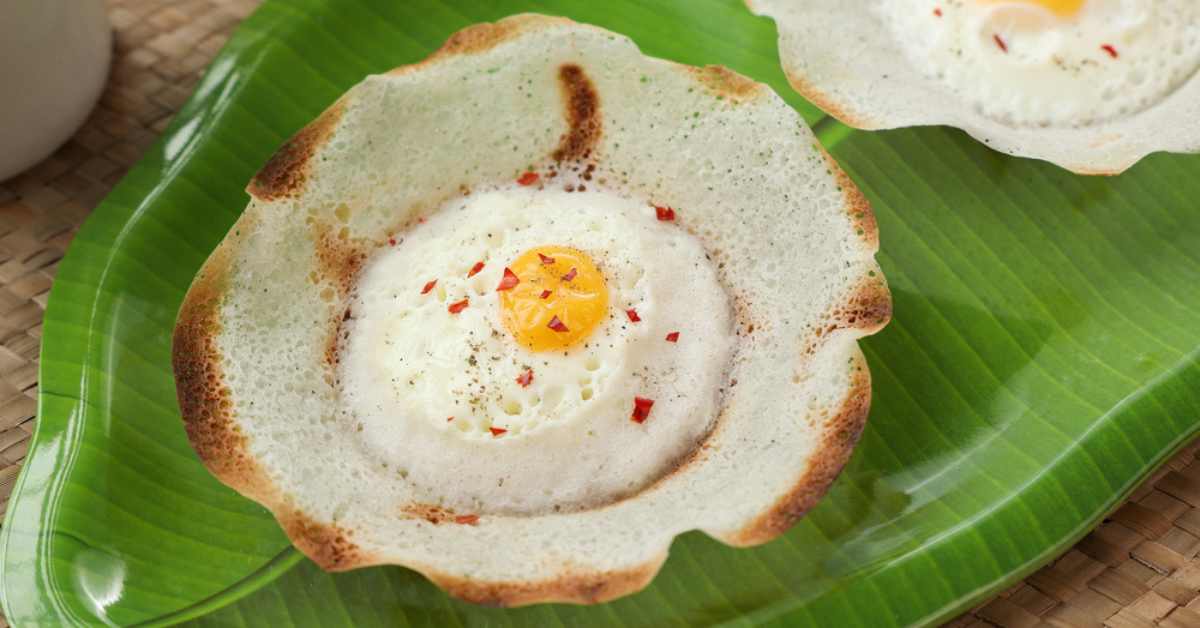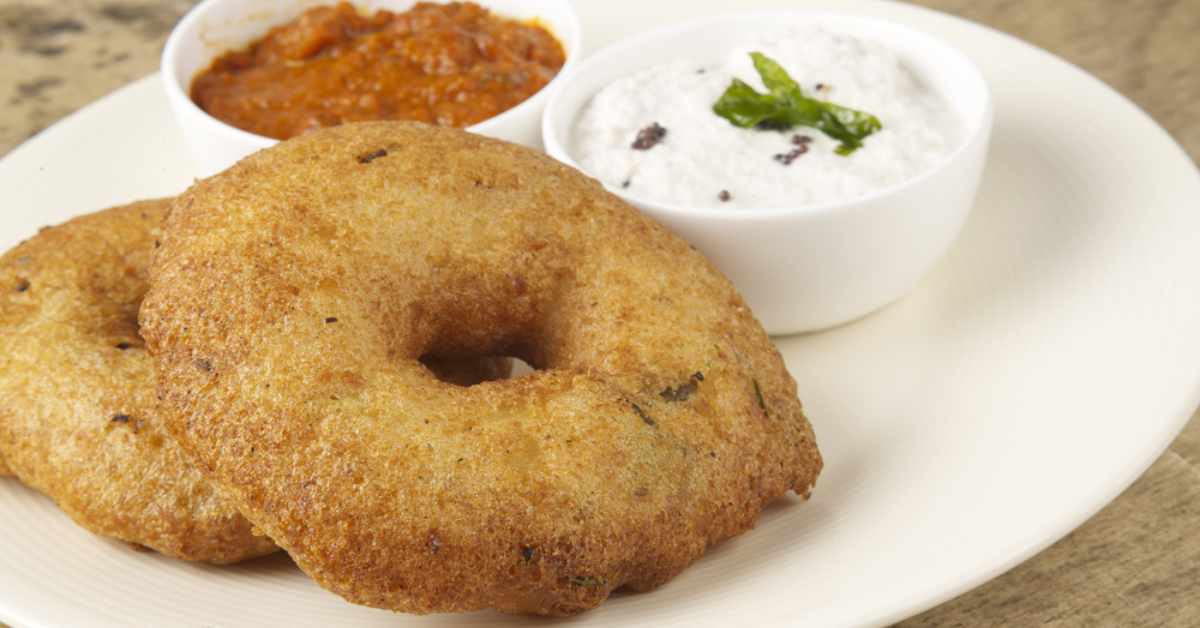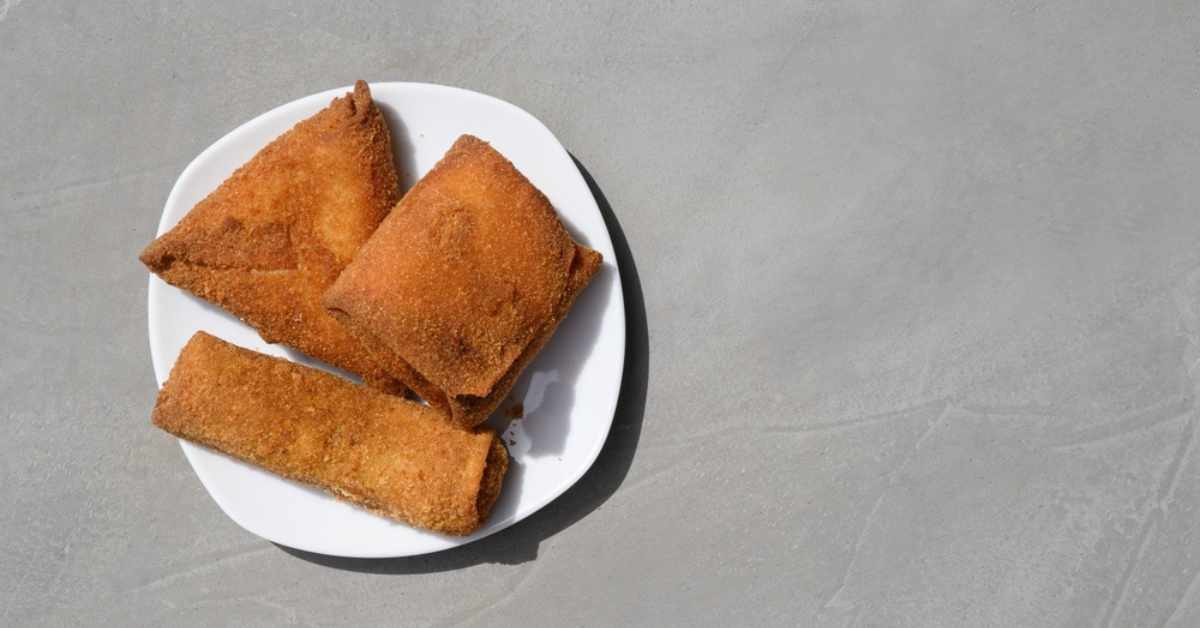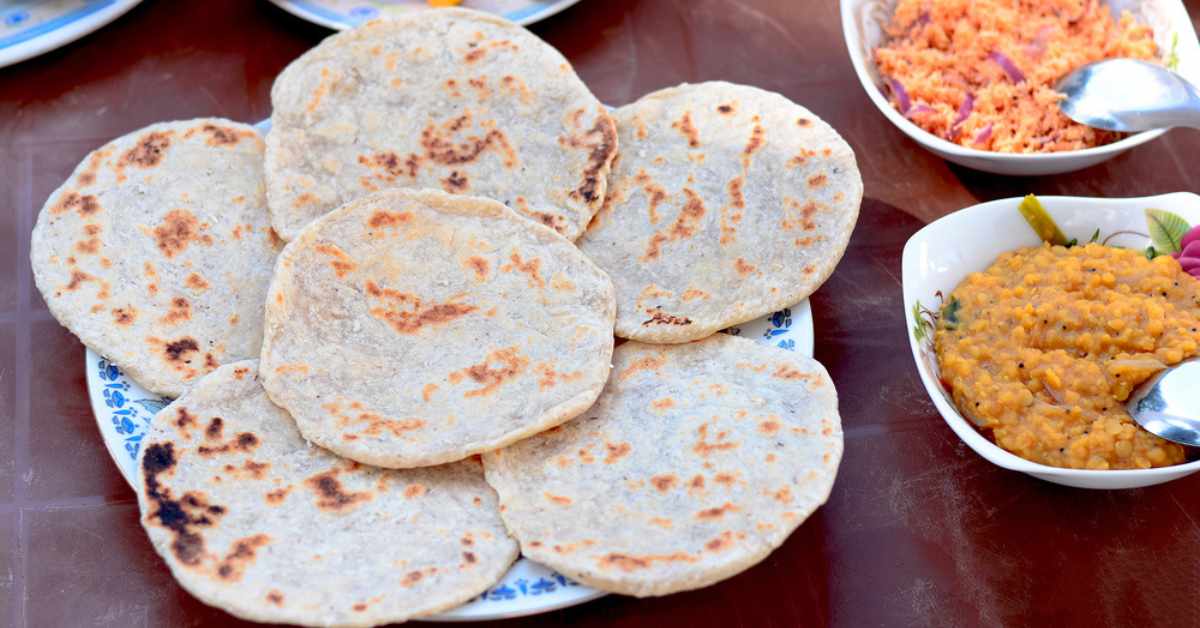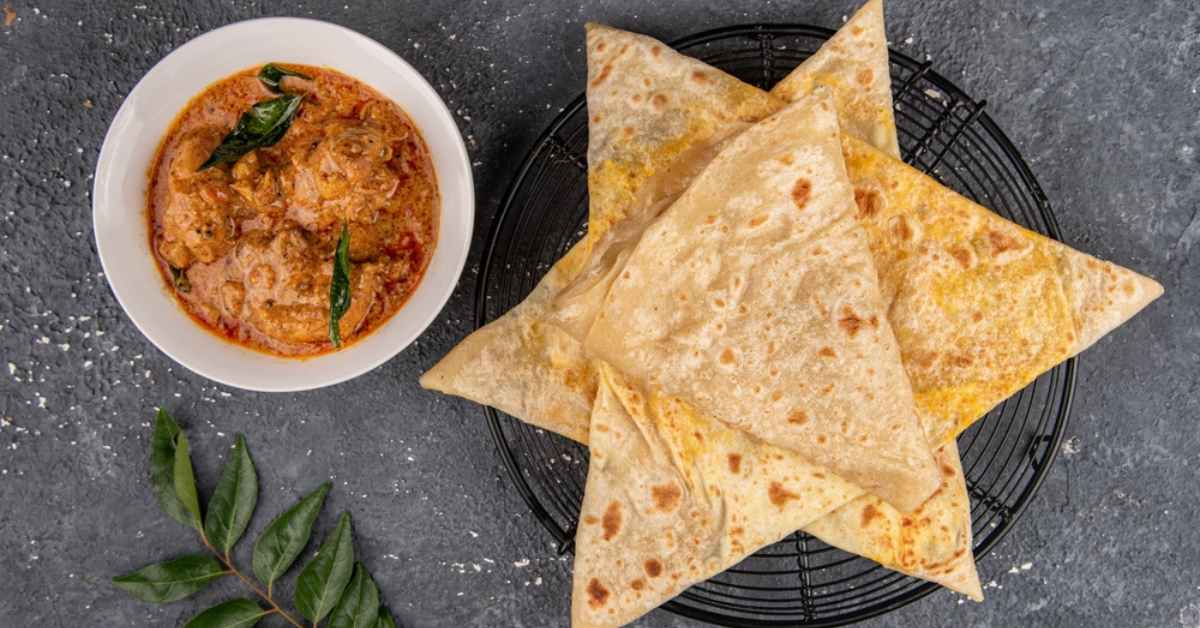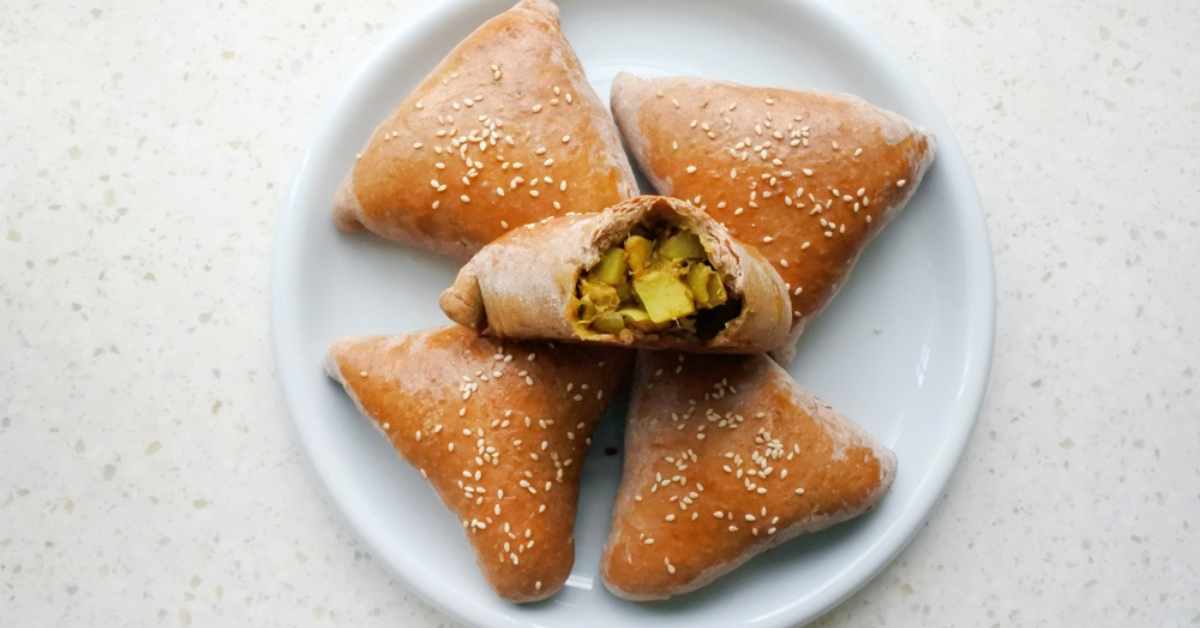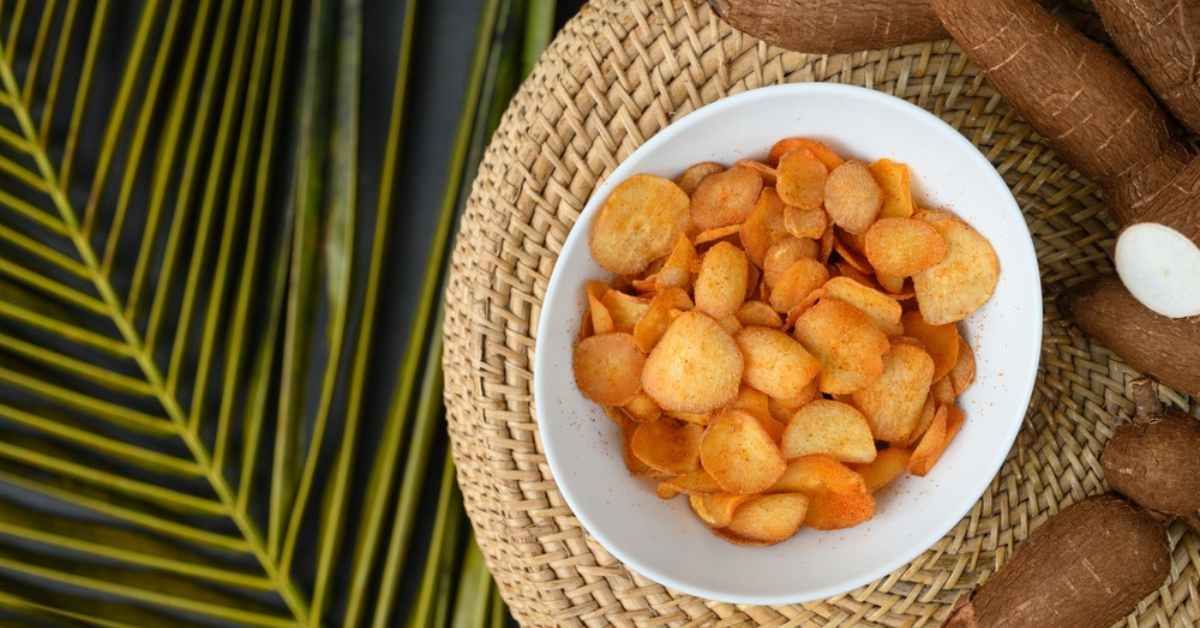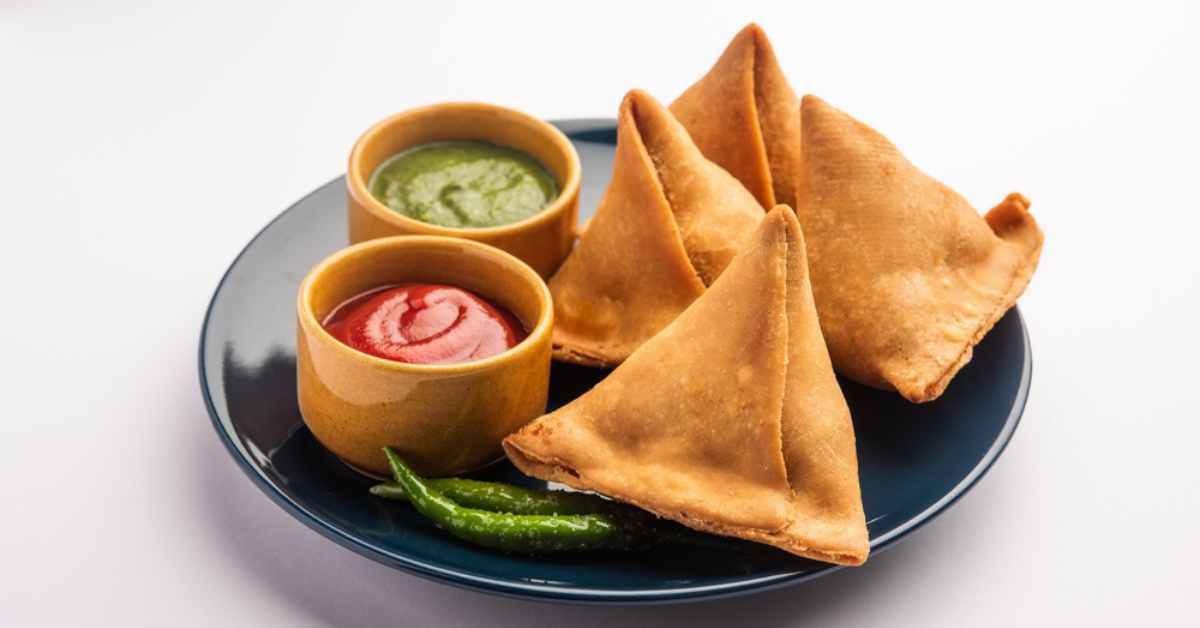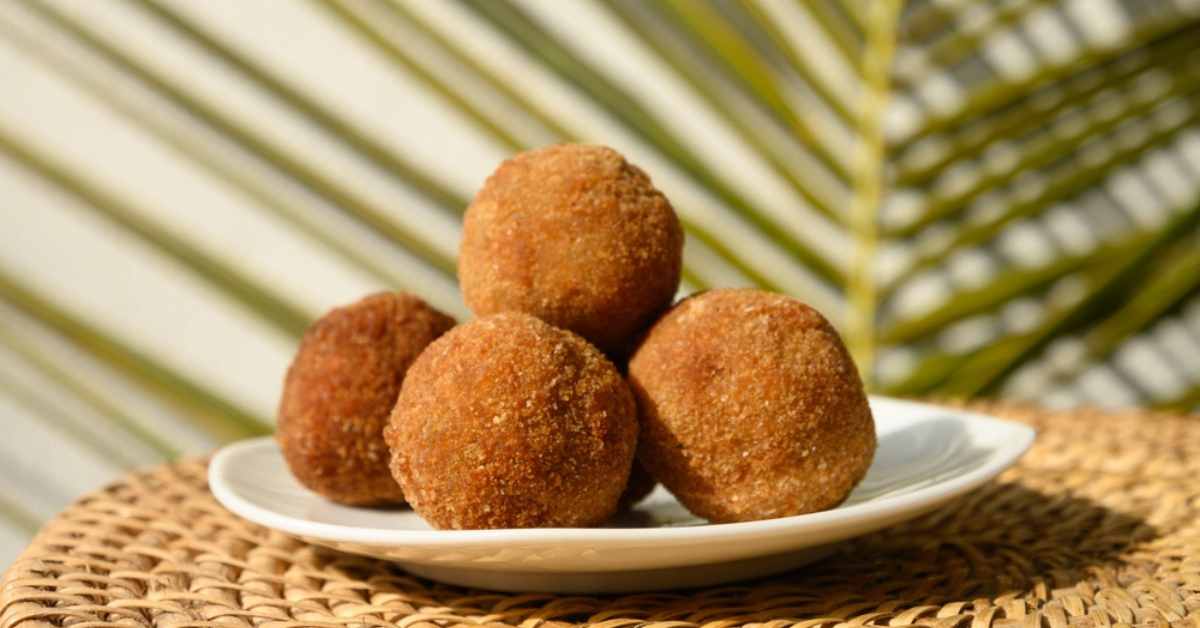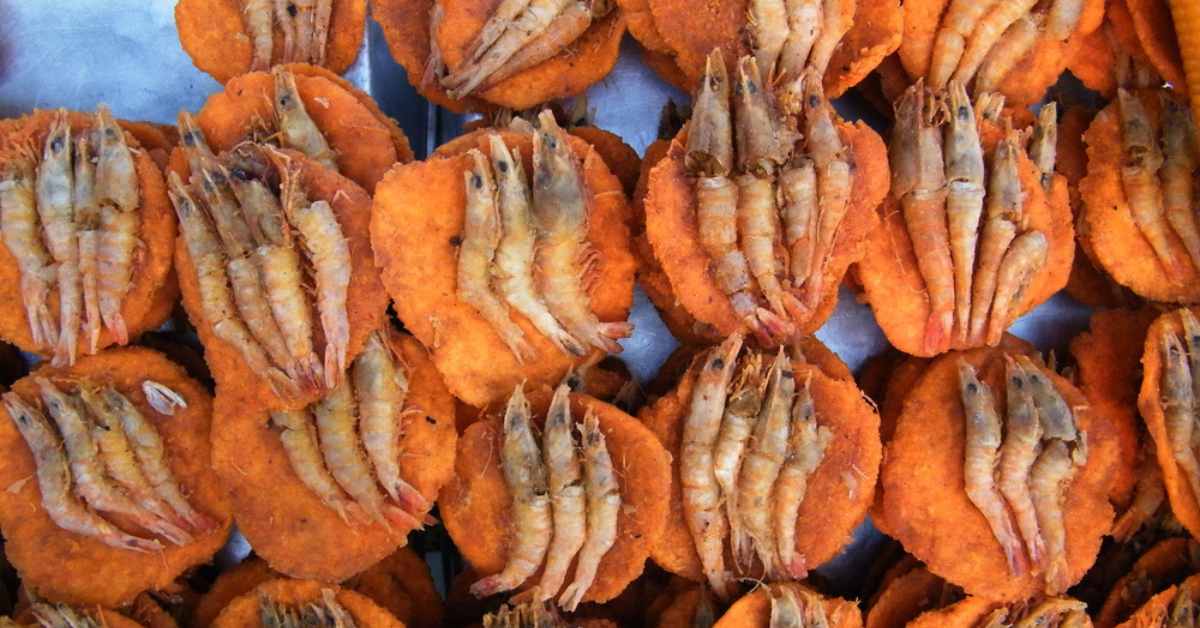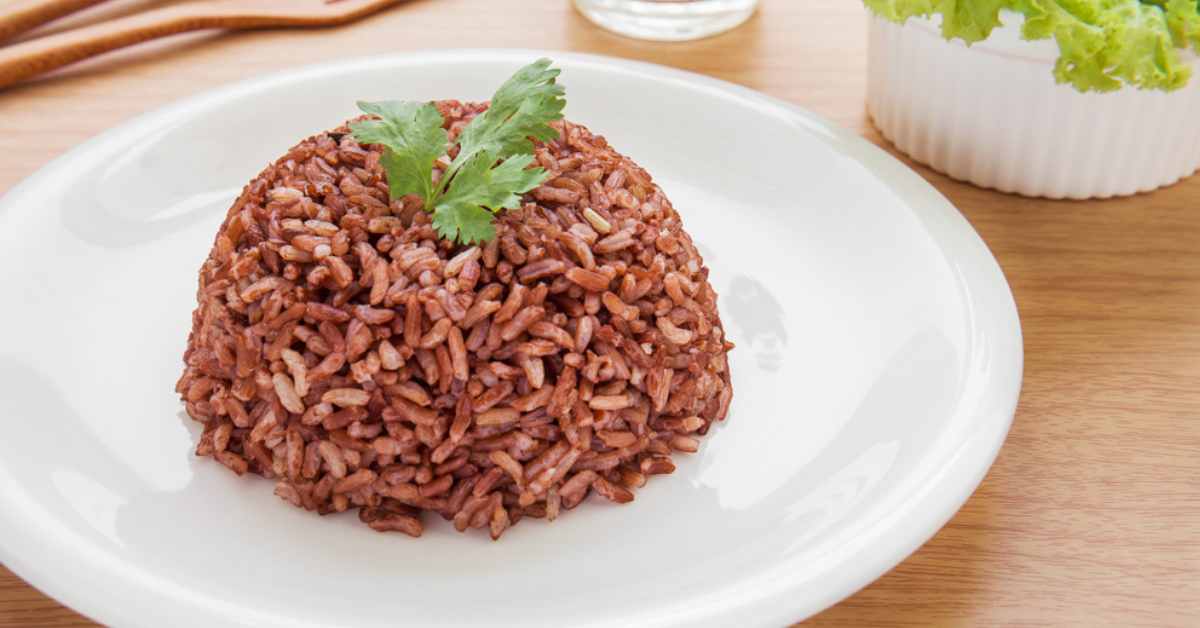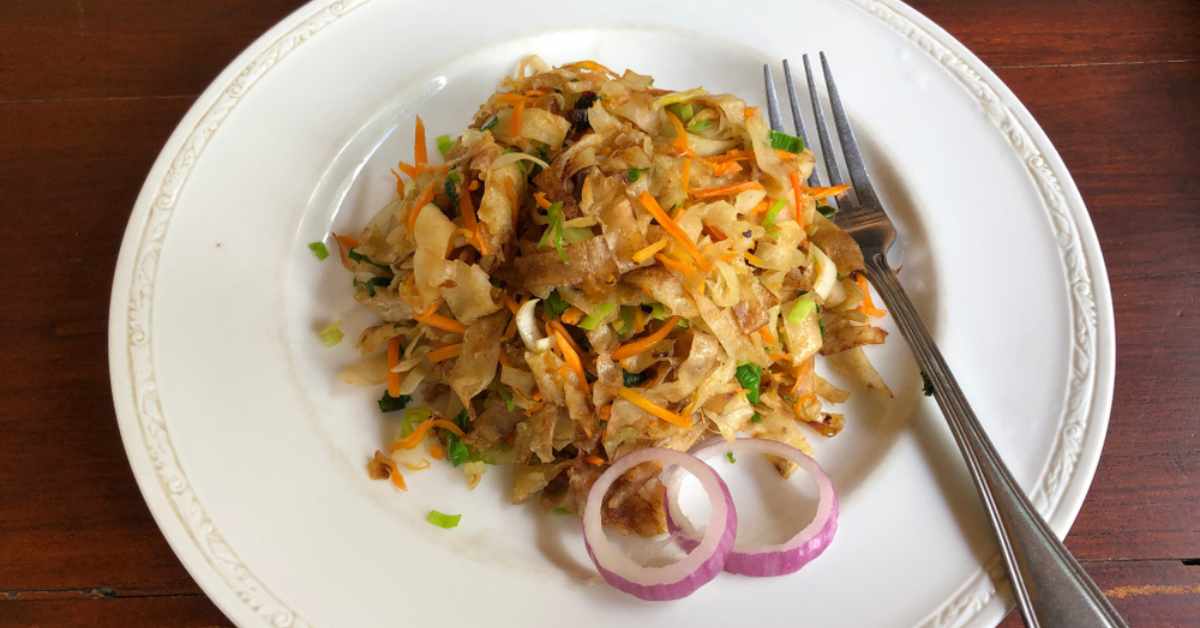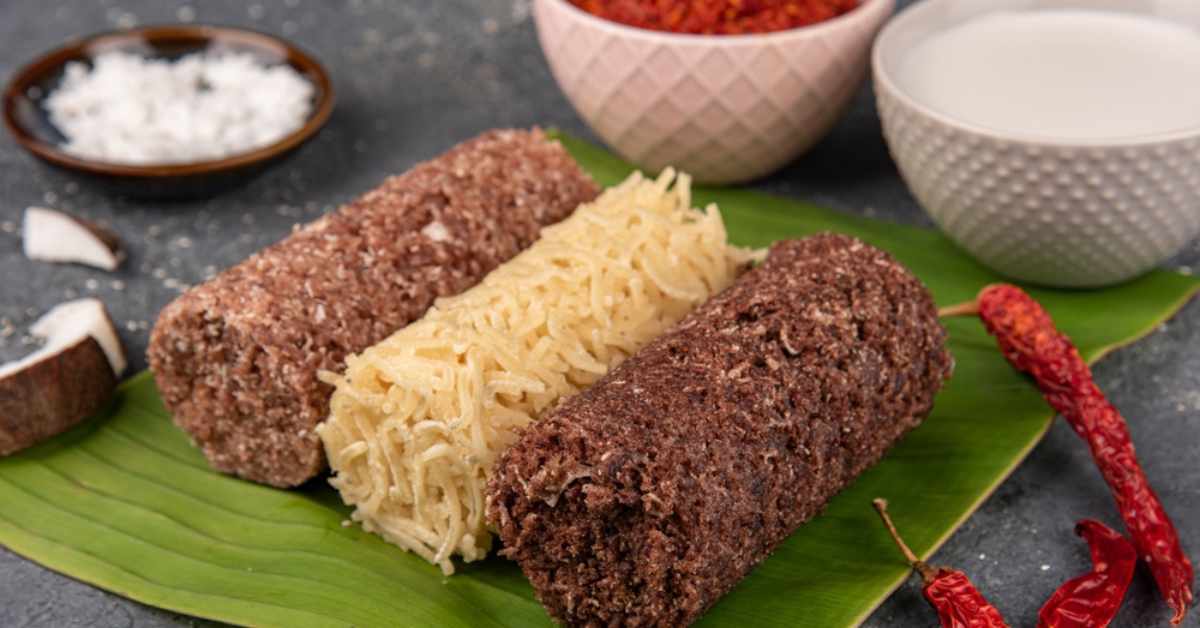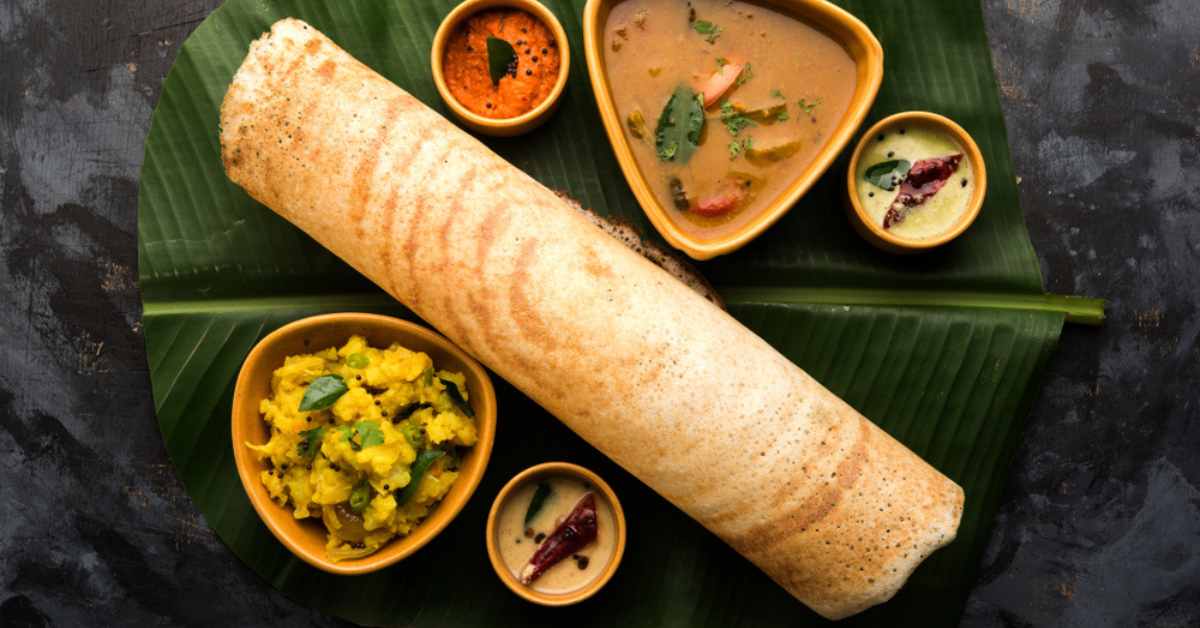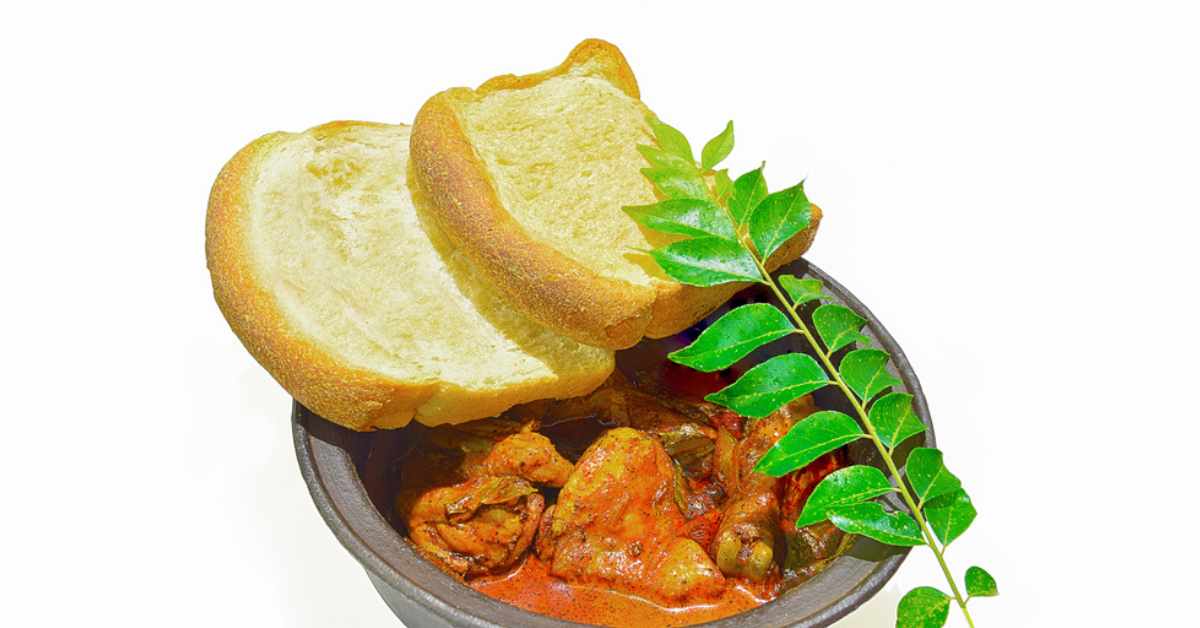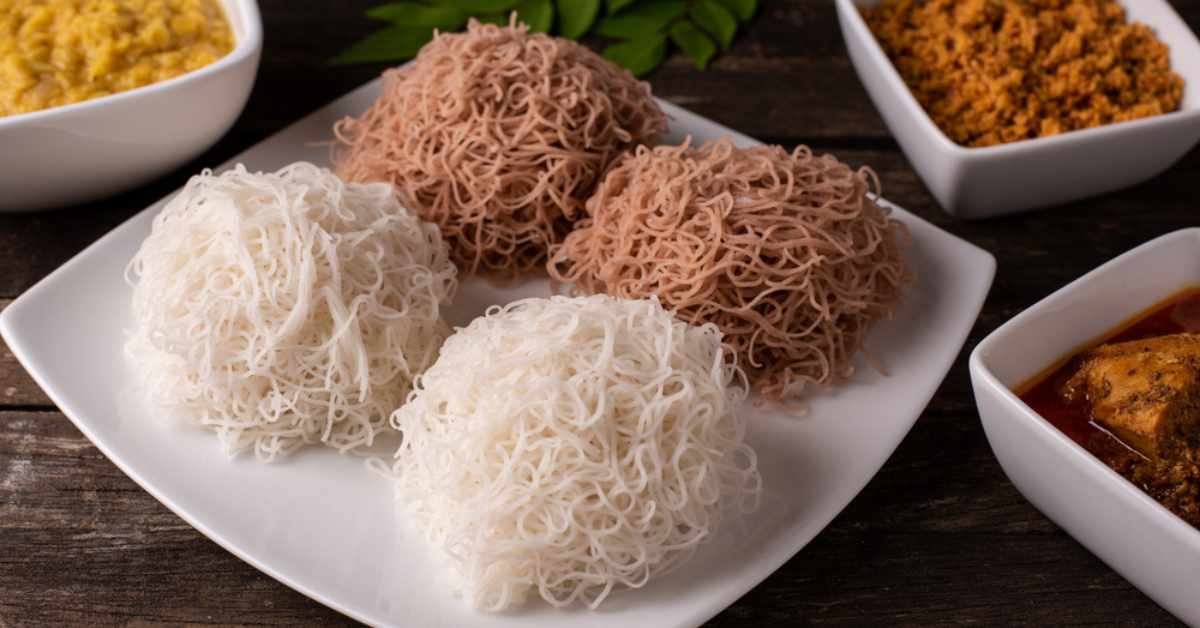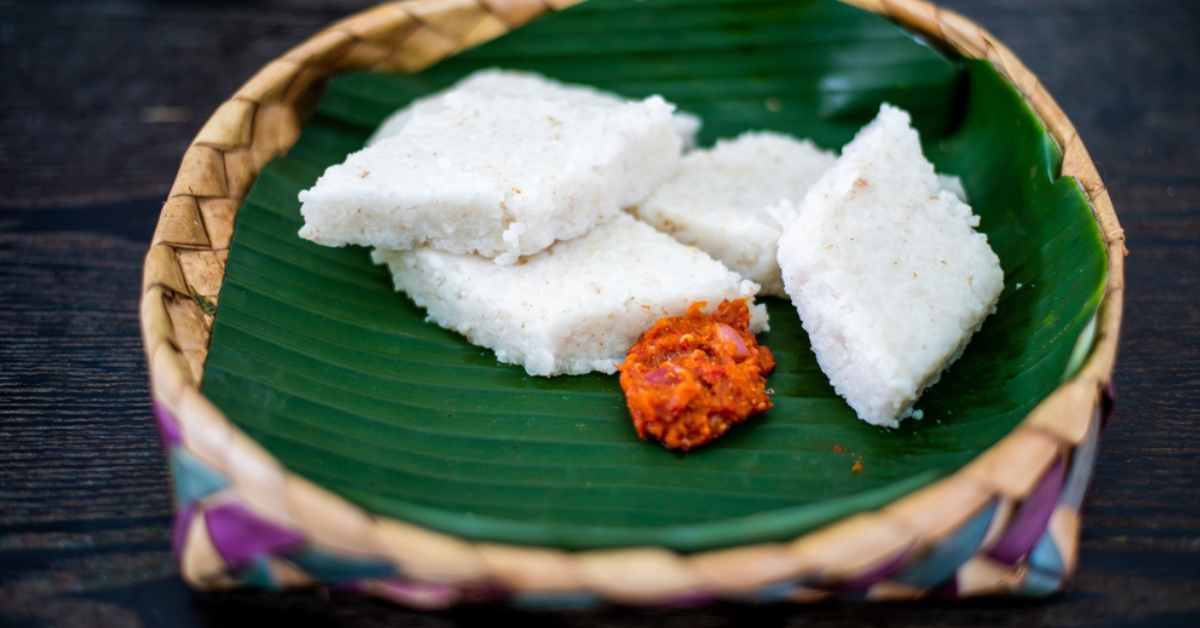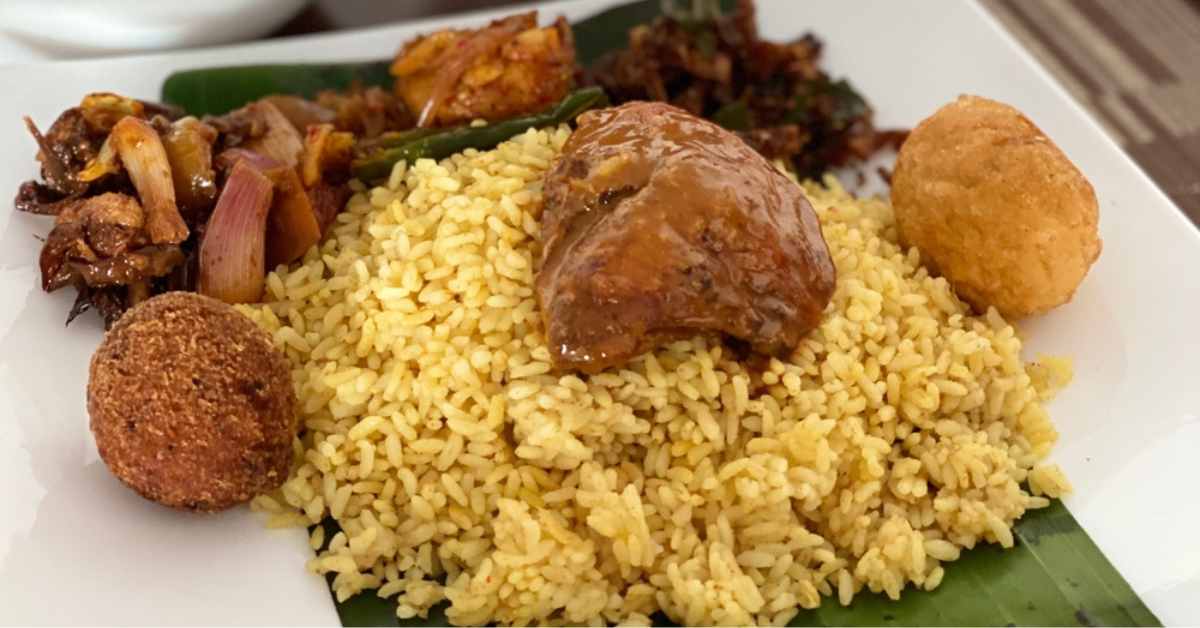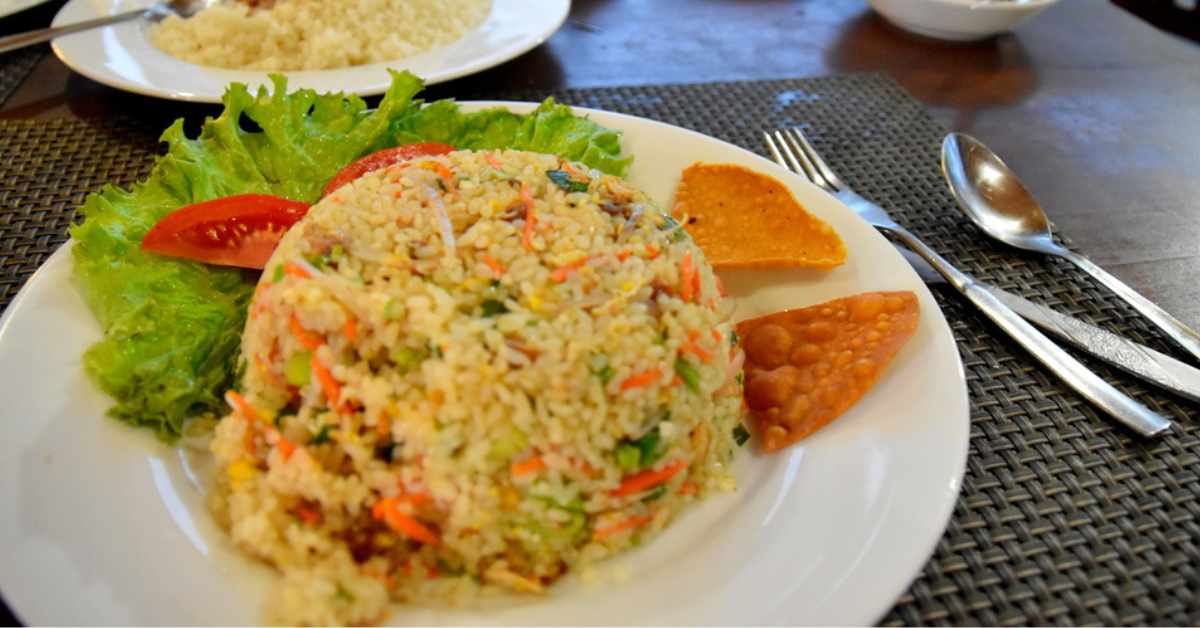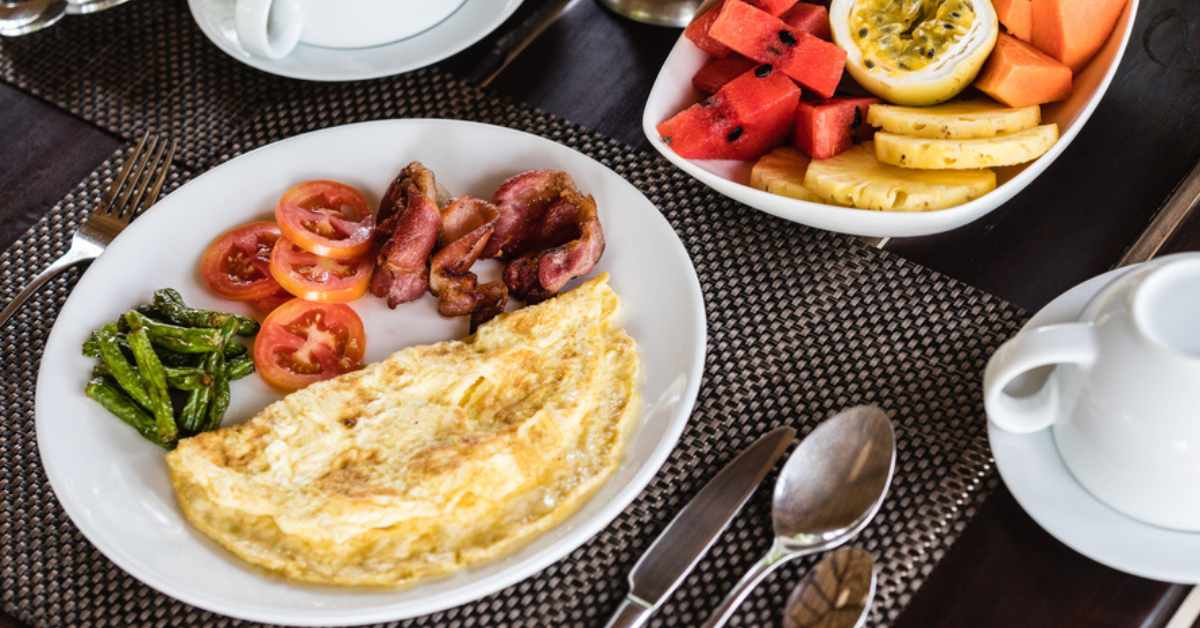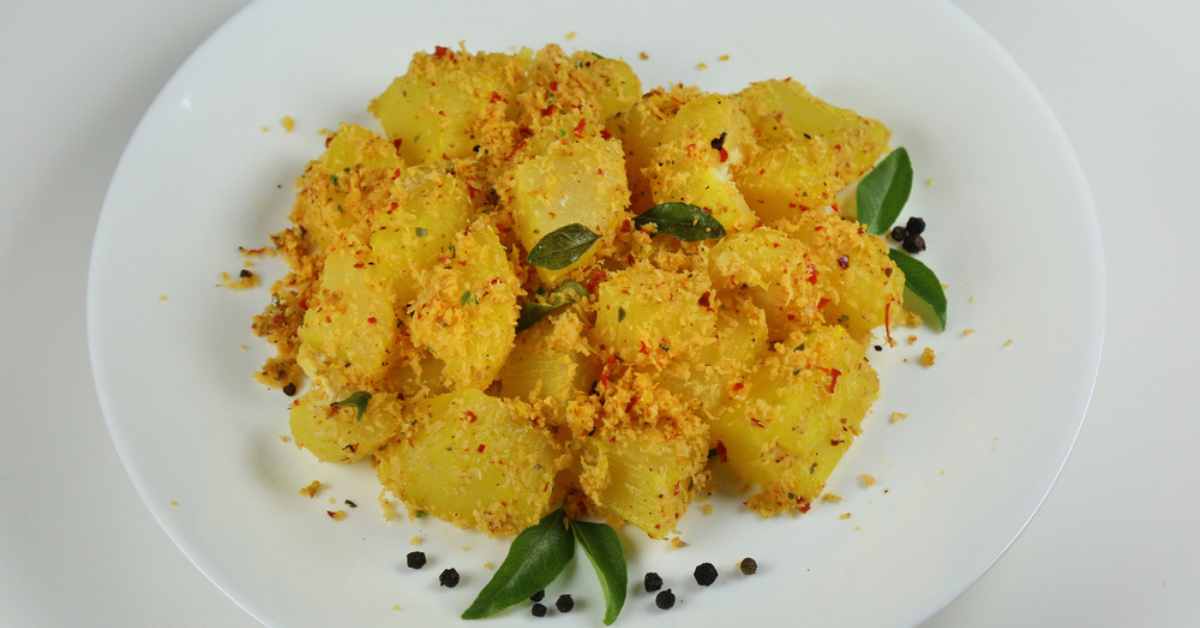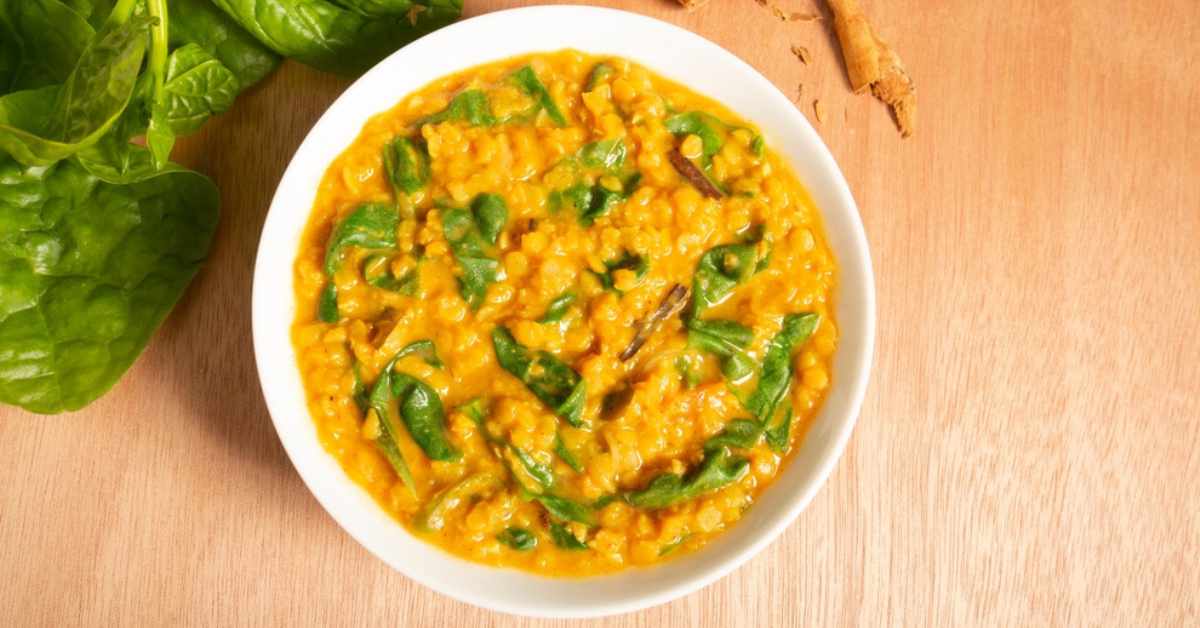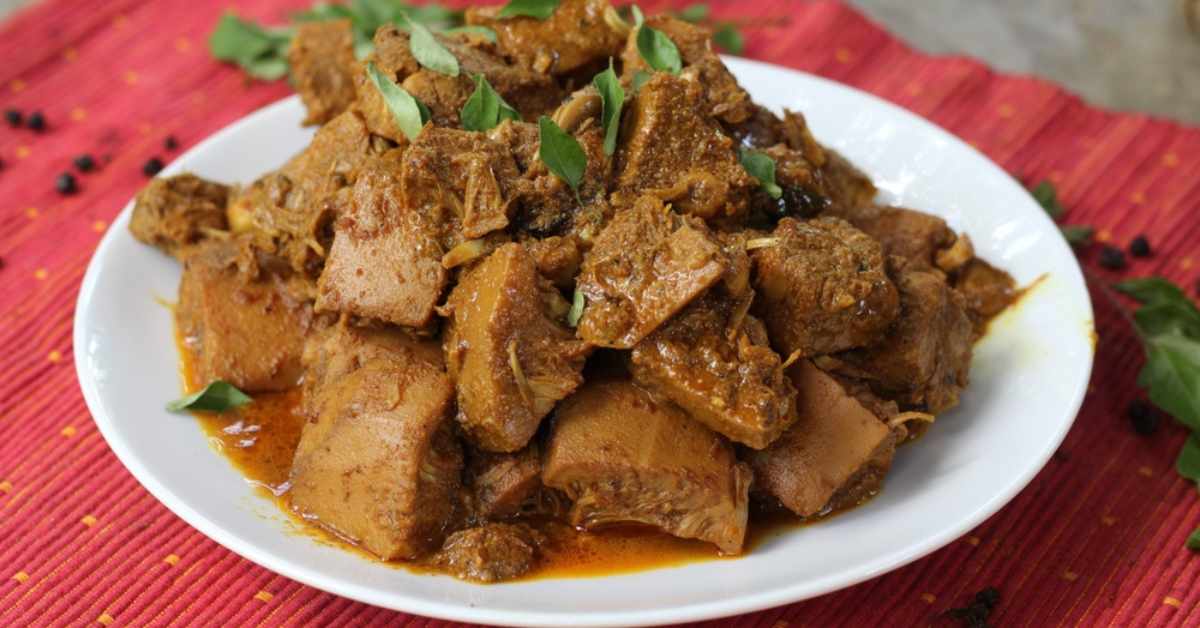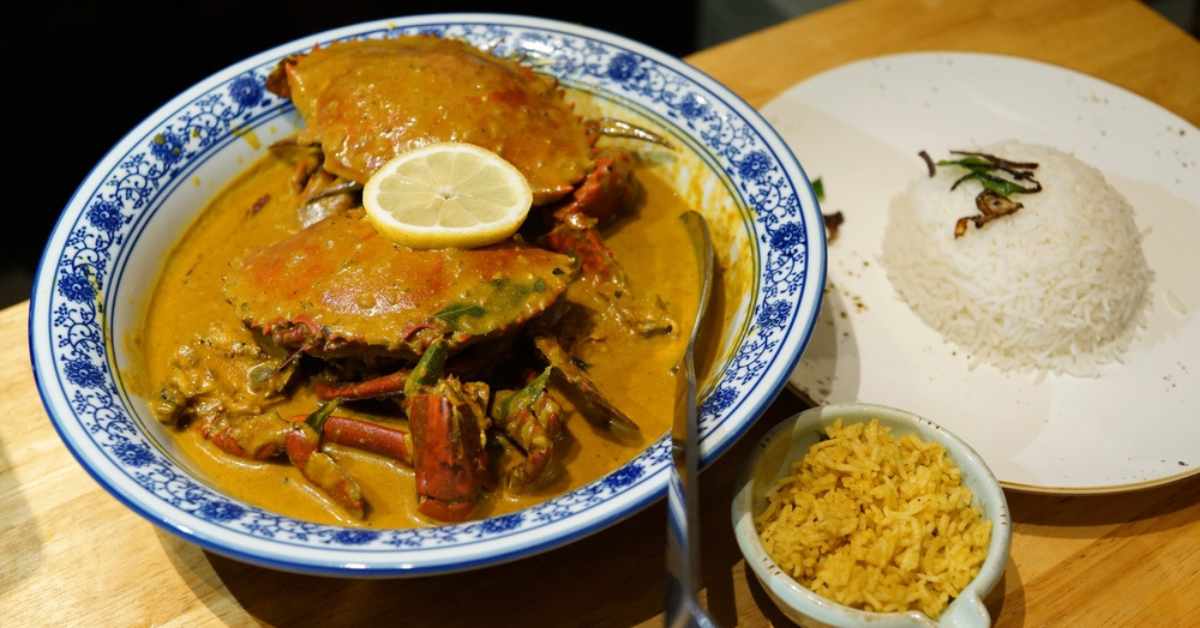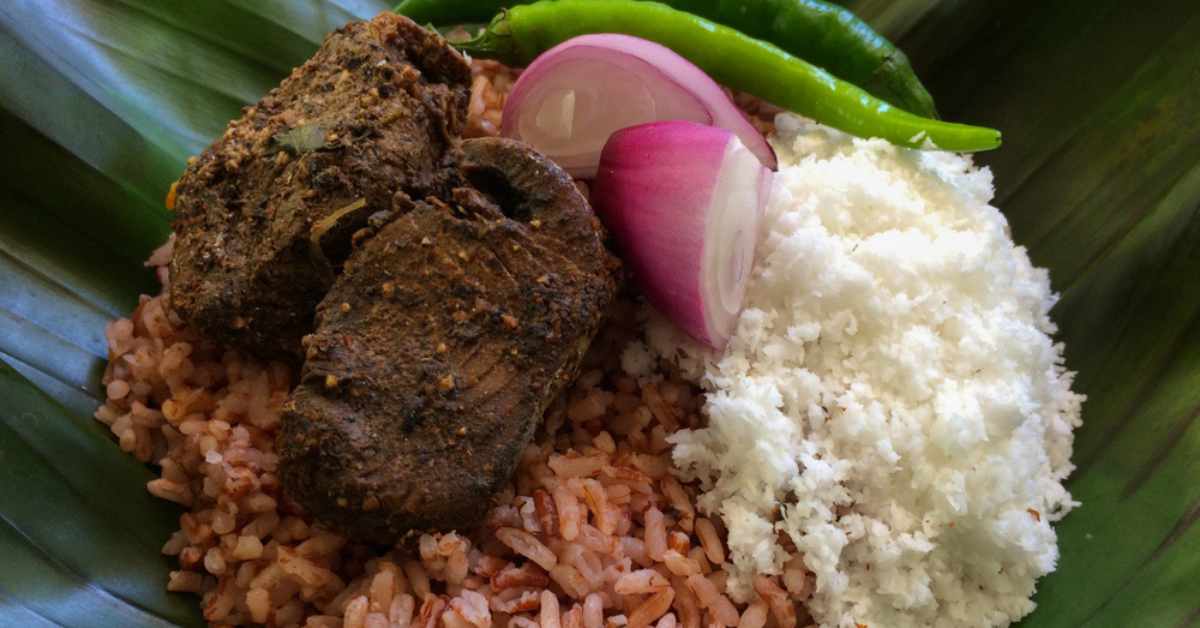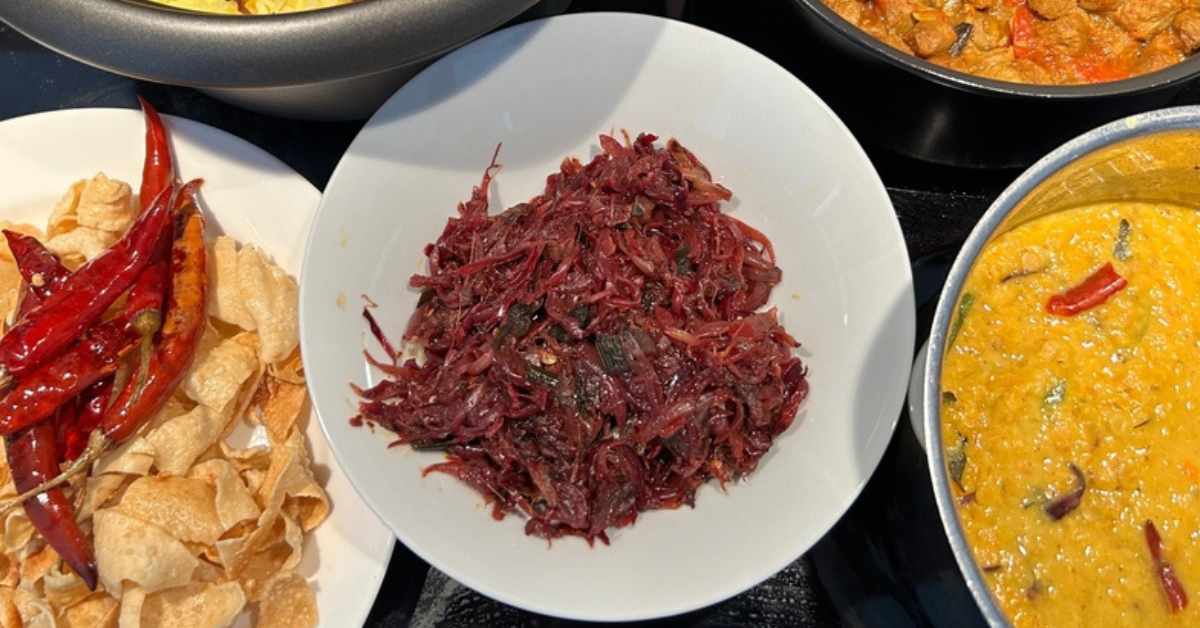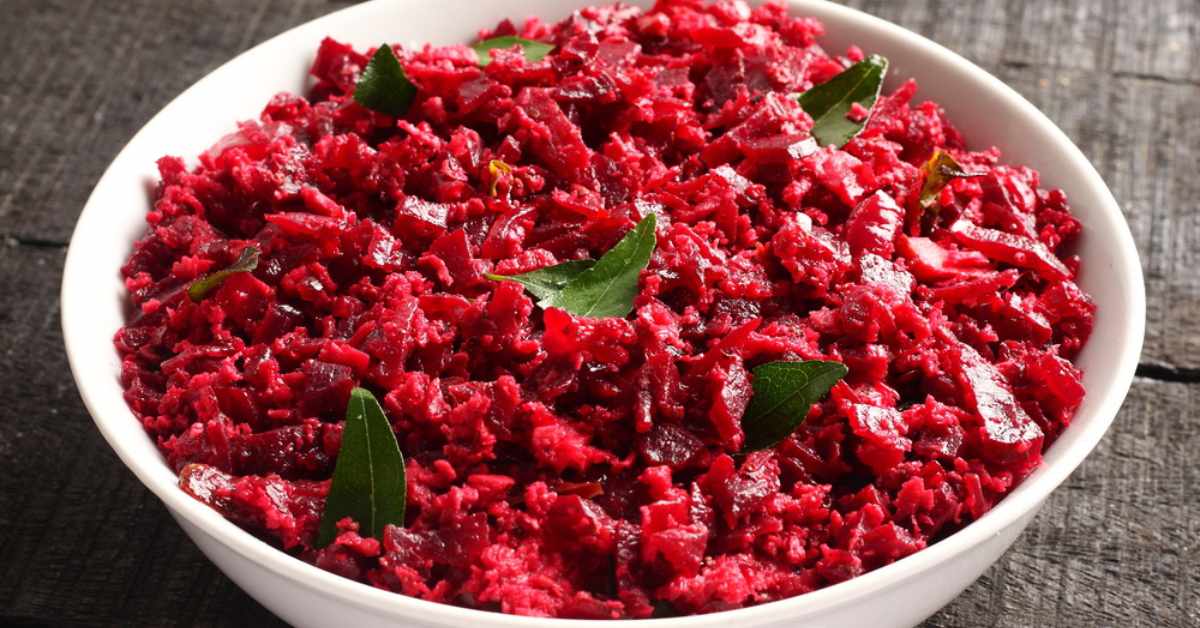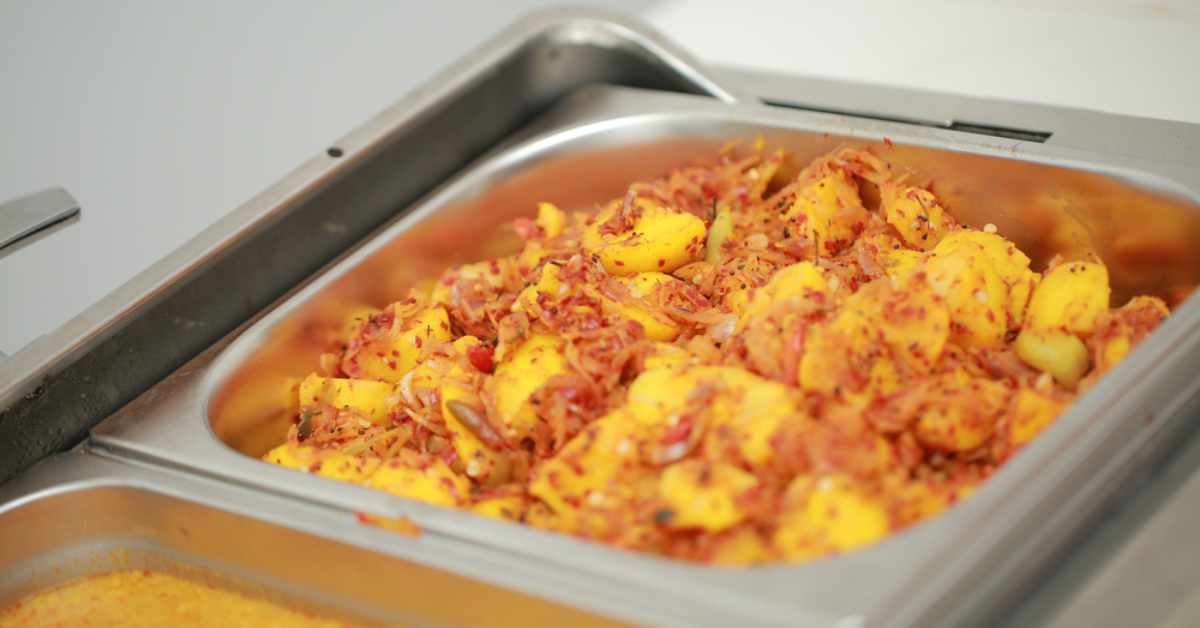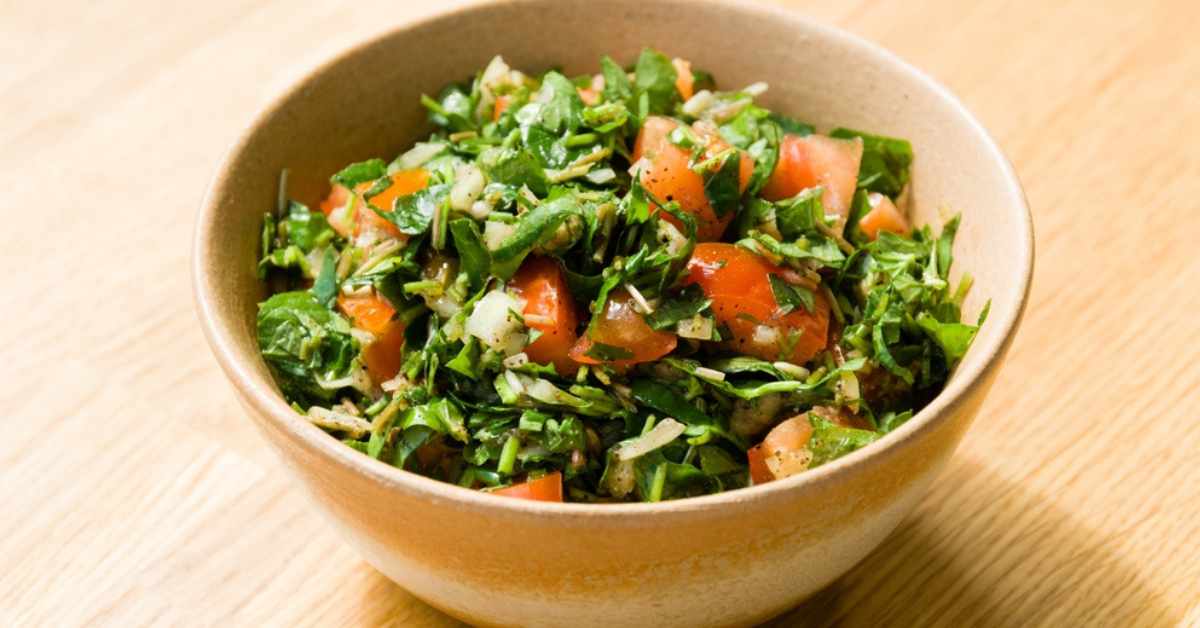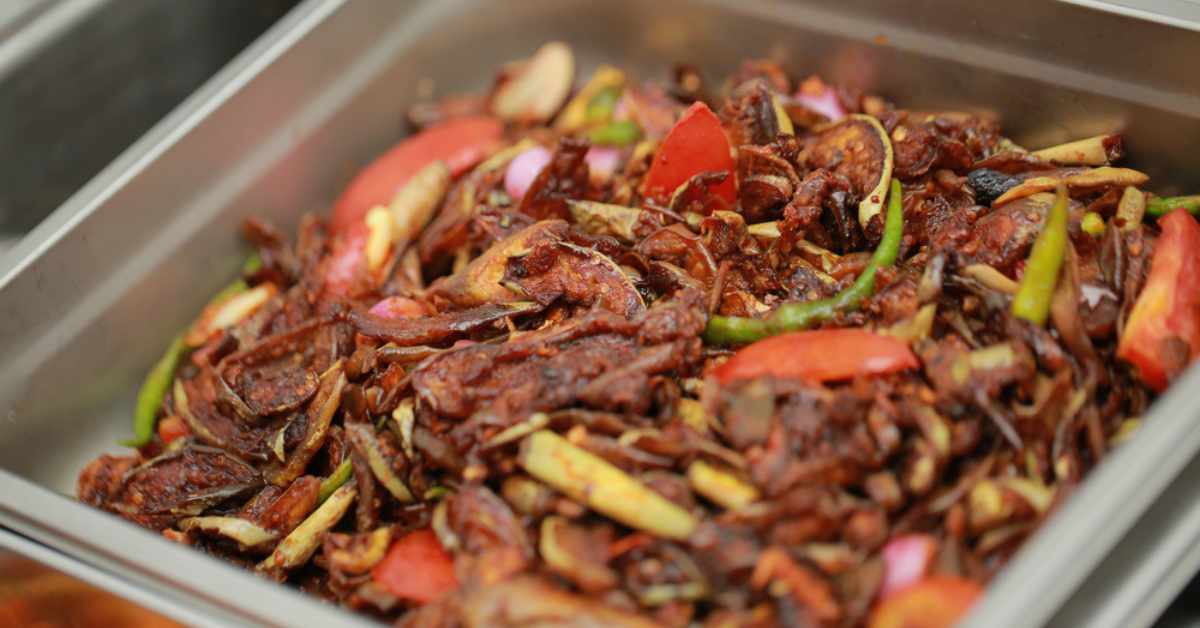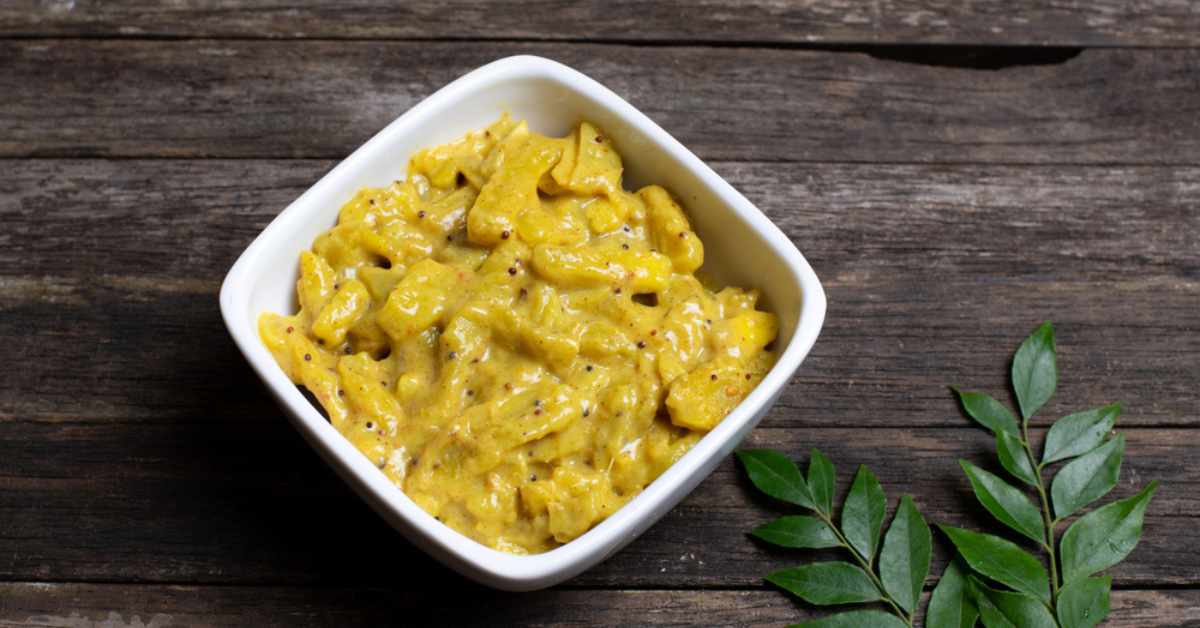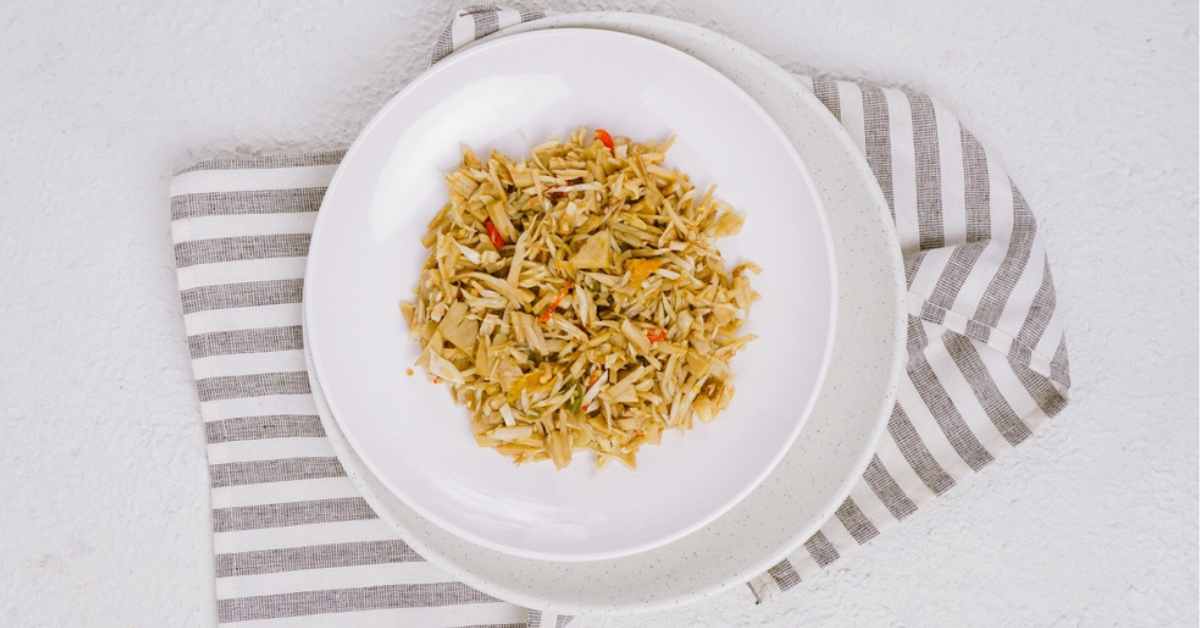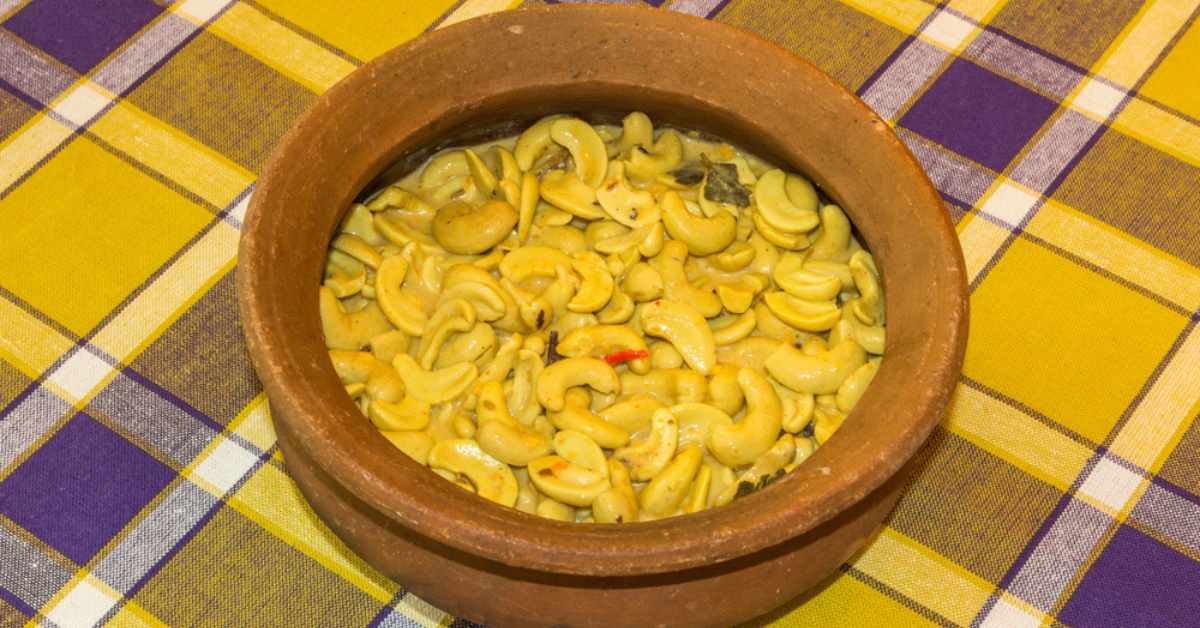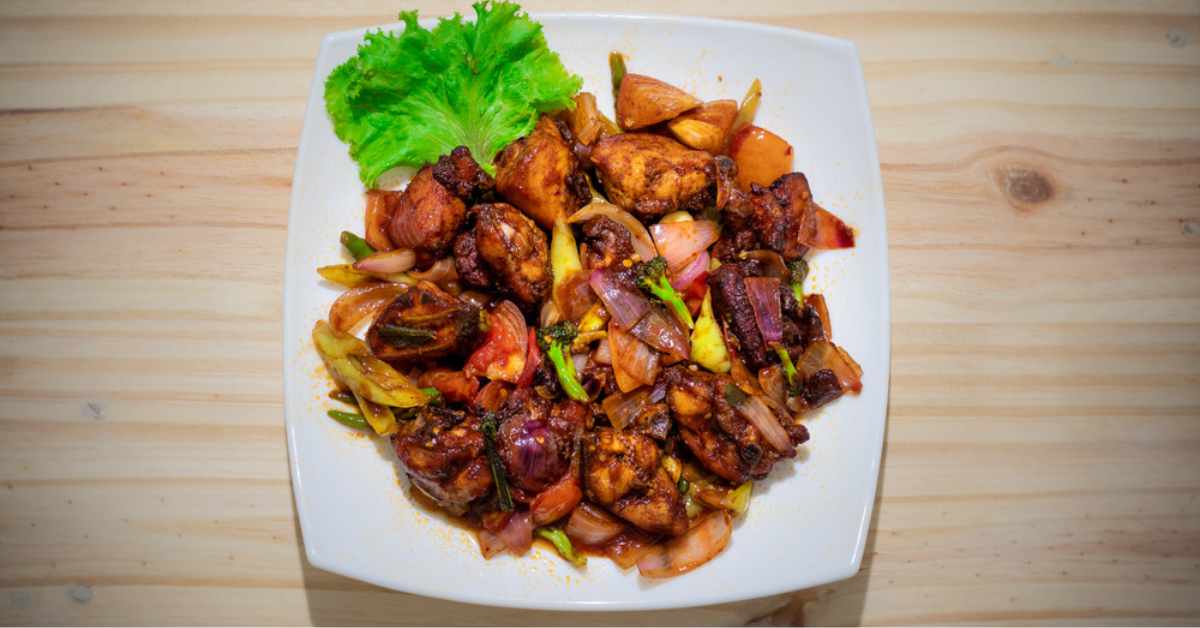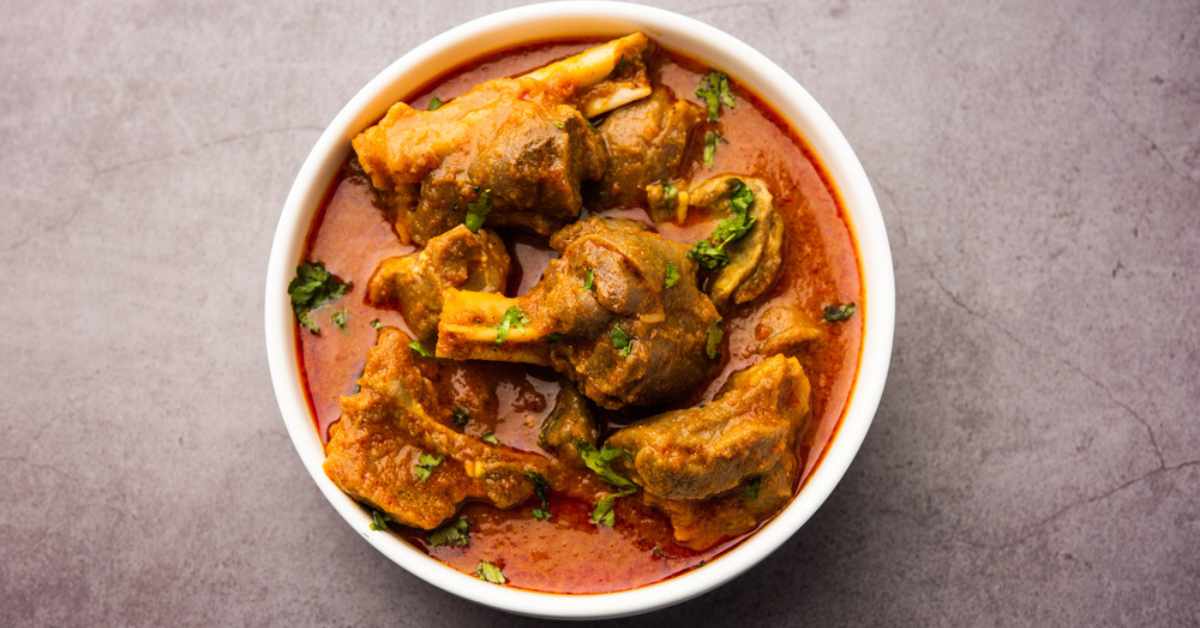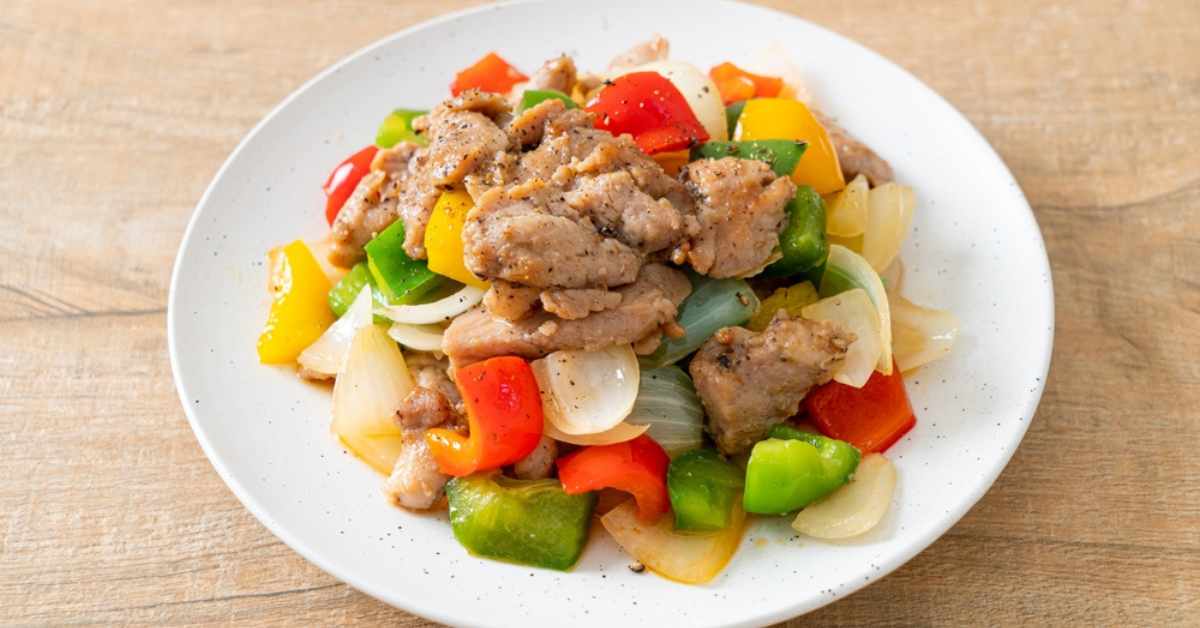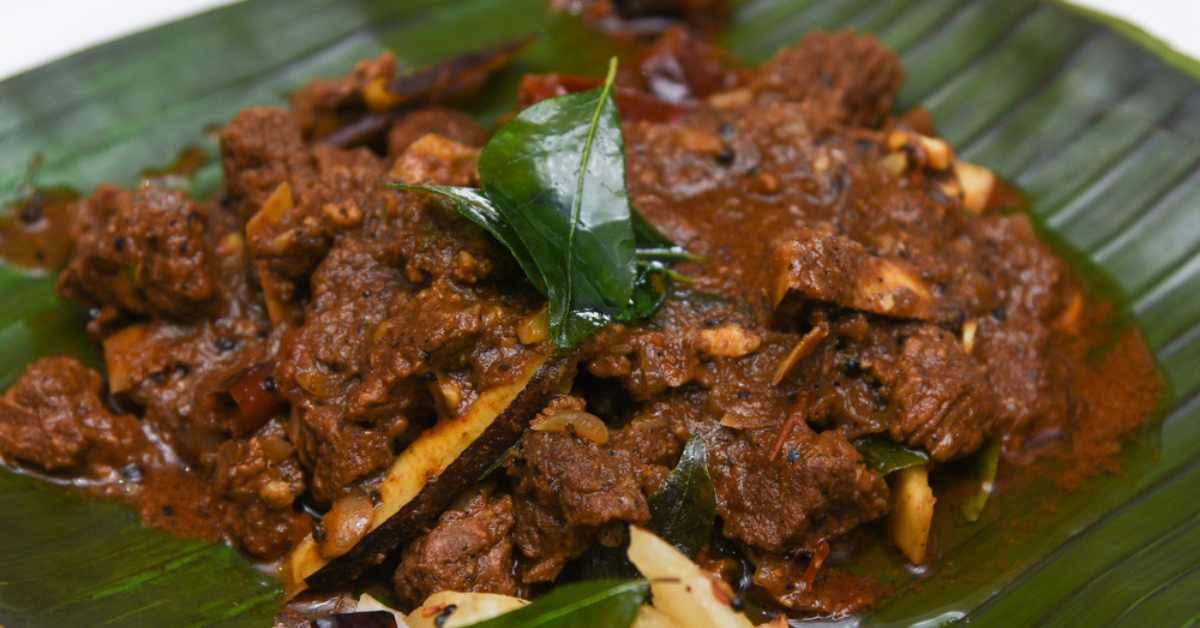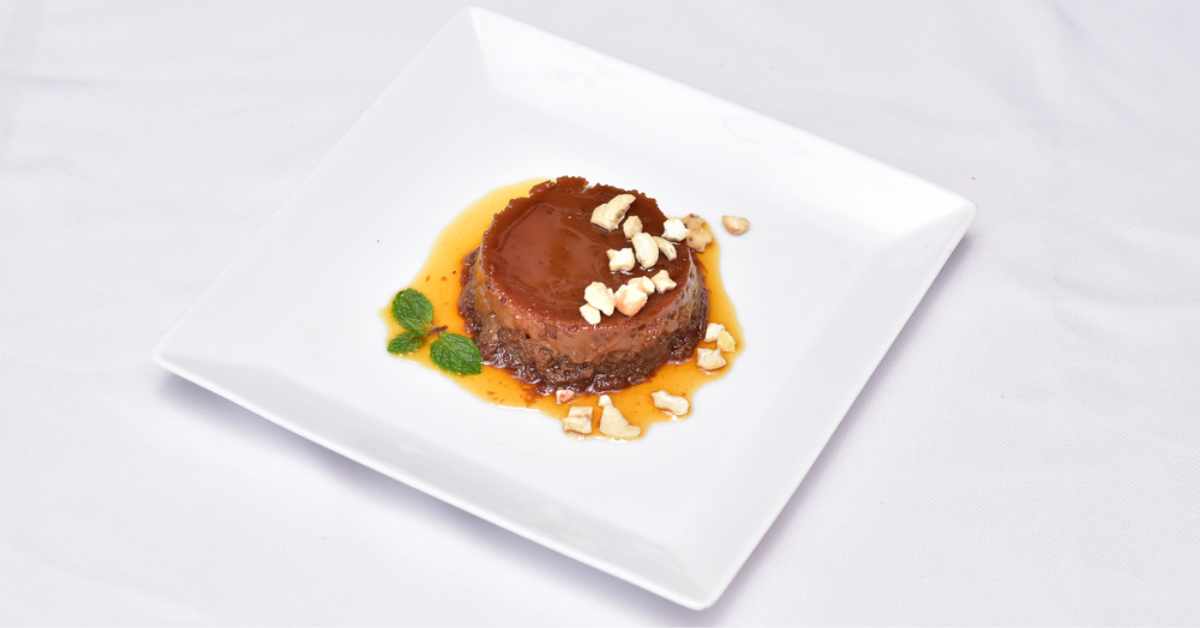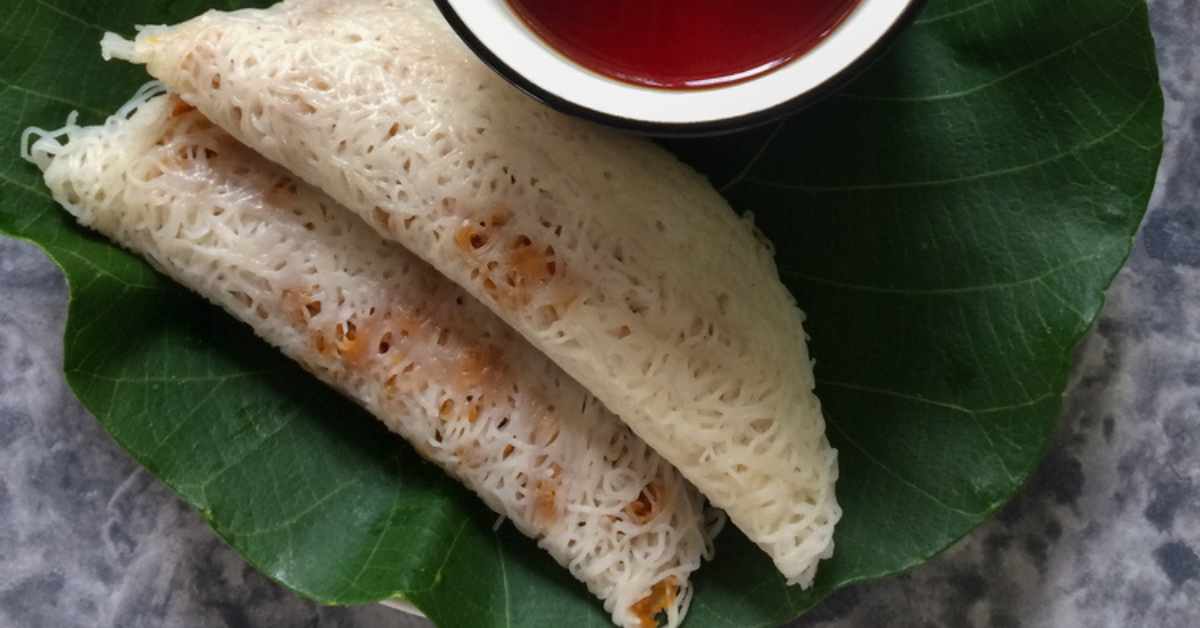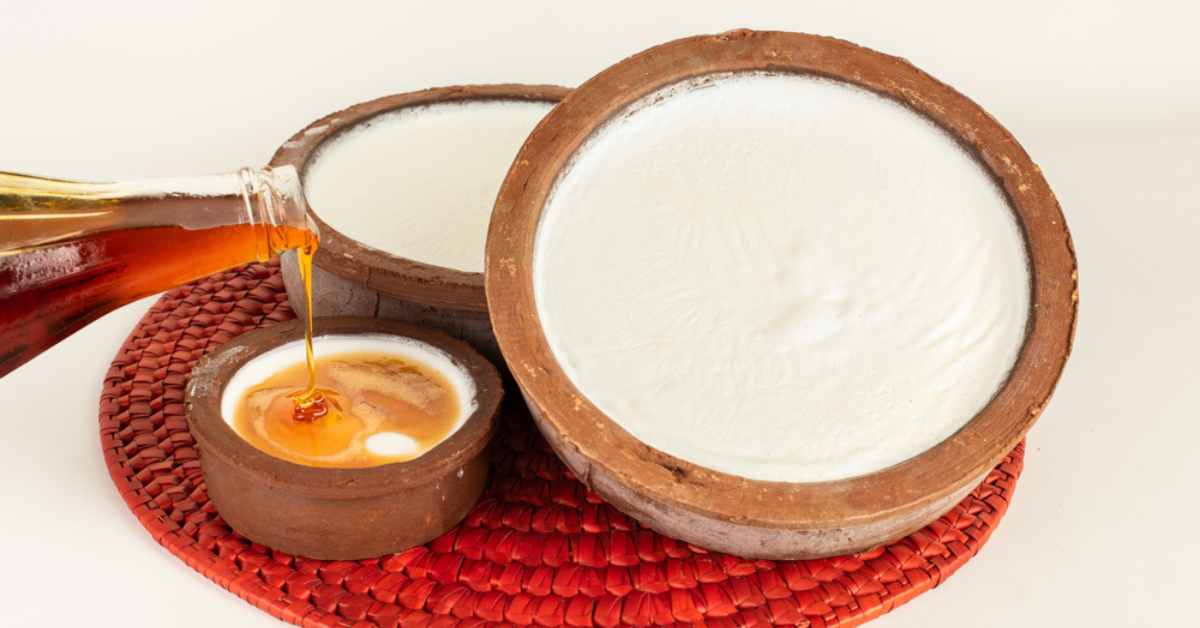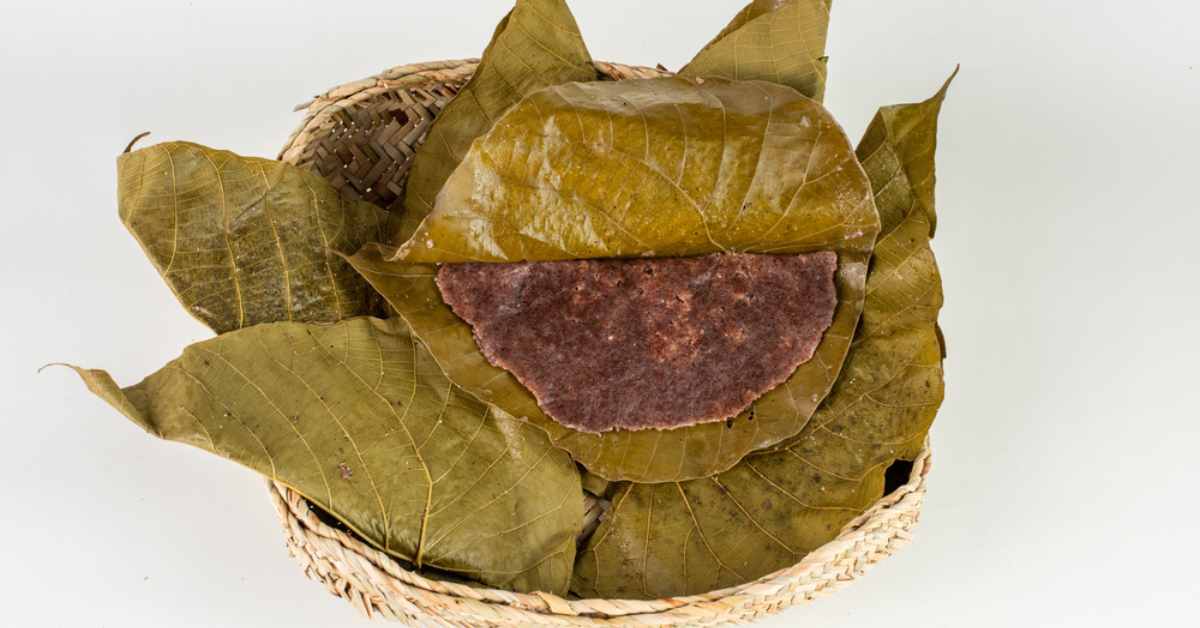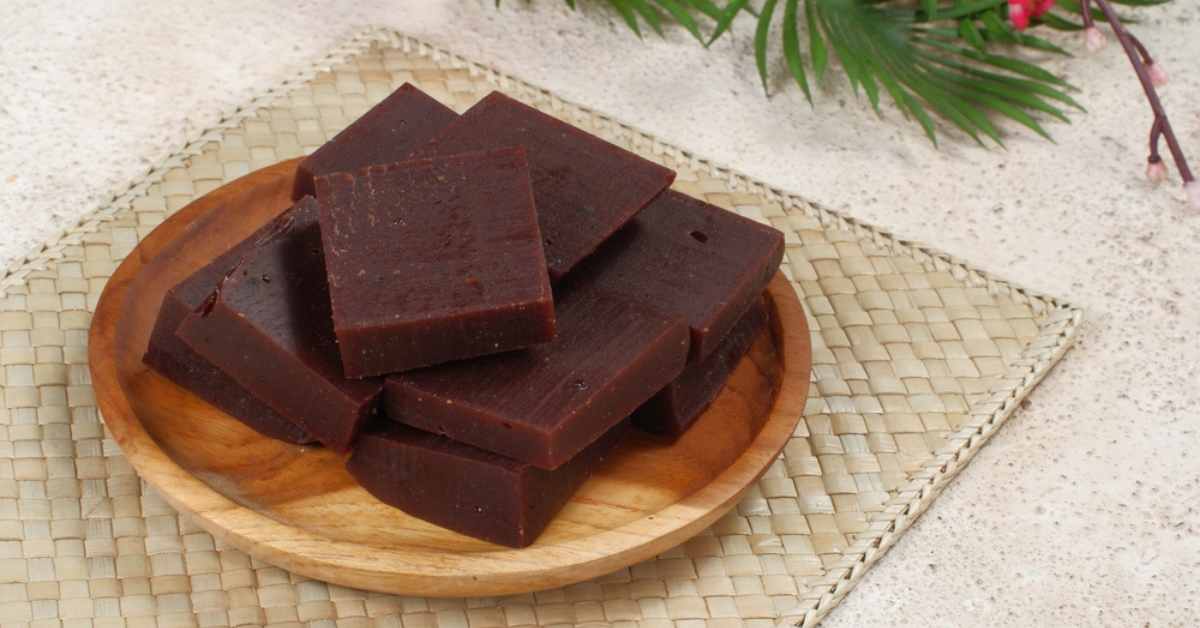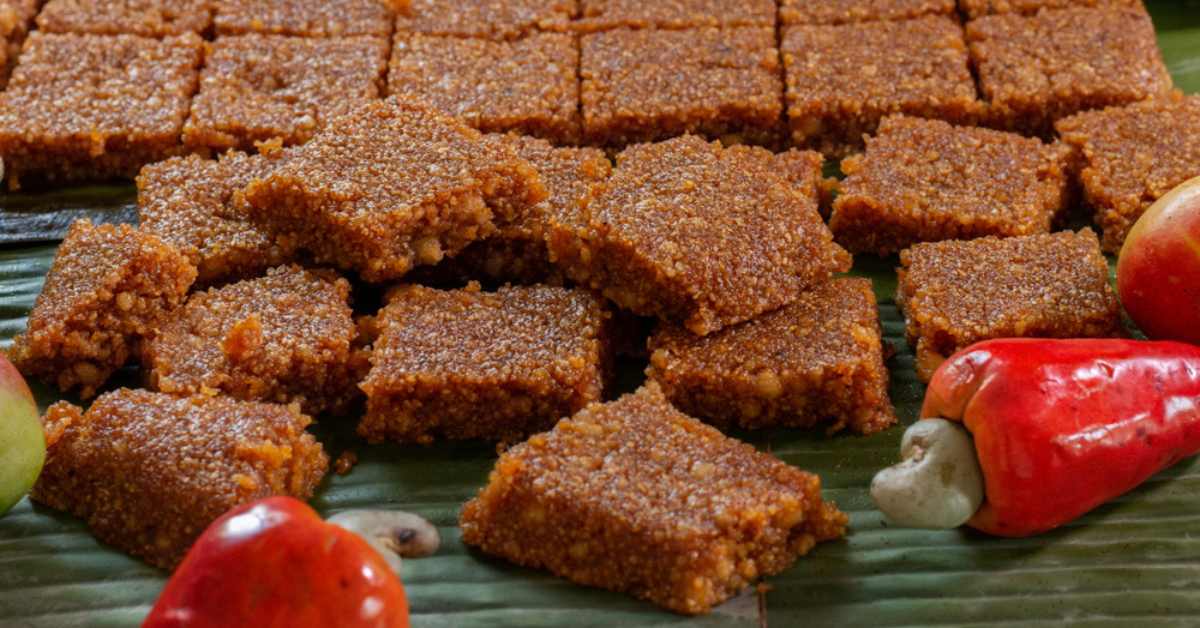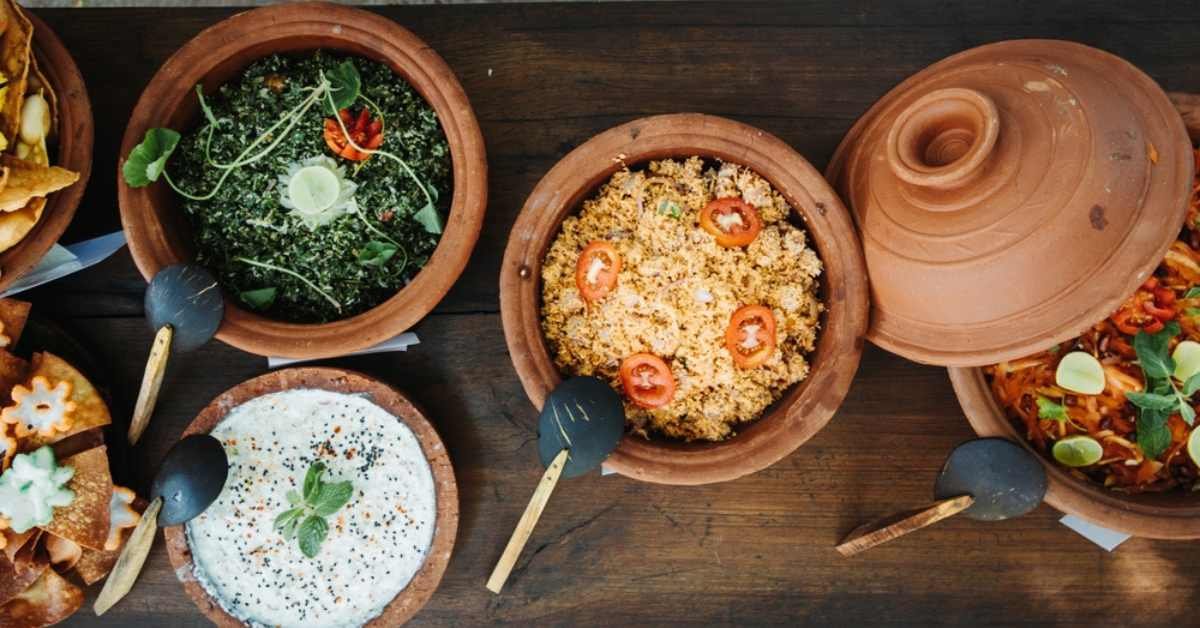
Sri Lanka, a tropical paradise known for its breathtaking landscapes, pristine beaches, and rich cultural heritage, also boasts a diverse and tantalizing cuisine. From delectable light meals to flavorful main courses and mouthwatering desserts, Sri Lankan food is a gastronomic adventure waiting to be explored. In this writing, we’ll take you on a journey through 50 must-try dishes that will undoubtedly tickle your taste buds and leave you craving for more.
Light Meals: A Flavorful Beginning
1. Egg Hoppers (Biththara Appa)
Egg hoppers are a culinary delight from the picturesque island of Sri Lanka. These delicious treats are a breakfast favourite and are often enjoyed throughout the day. Here’s what you need to know about these mouthwatering creations:
Ingredients:
Egg hoppers consist of a simple yet flavorful batter made from rice flour, coconut milk, and a dash of sugar. This mixture is poured into a special pan, like a wok, and swirled around to create a thin, lace-like pancake. The star of the show, of course, is the egg cracked into the centre of the pancake. The egg is left to cook within the soft, crispy edges of the hopper.
Flavor Profile:
Egg hoppers offer a delightful fusion of textures and tastes. The edges of the hopper are crispy and provide a satisfying crunch, while the centre is soft and almost crepe-like. The egg, typically left with a runny yolk, adds a rich and creamy element to the dish. The subtle sweetness from the coconut milk balances the savoury egg, making it a harmonious blend of flavours.
Serving Style:
Egg hoppers are often served with an array of accompaniments. These can include sambols (spicy condiments), coconut chutney, or dhal (lentil curry). Combining the hopper’s neutral base and these flavorful sides allows for a dynamic and customizable eating experience.
2. Parippu Vada (Vadai)
Parippu Vada, a popular snack in Sri Lanka and South India, is a flavorful and crispy deep-fried fritter made primarily from lentils. Here’s a closer look at this mouthwatering treat:
Ingredients:
Parippu Vada is traditionally made from chana dal, a type of split chickpea lentil. The lentils are soaked, ground, and mixed with spices and herbs. Common ingredients include green chillies, curry leaves, ginger, and onions, which impart flavour to the vada.
Flavor Profile:
Parippu Vada is a tantalizing combination of crispy on the outside and soft on the inside. The spices and herbs in the batter give it a rich, savoury taste with a hint of heat from the chillies. The texture is a perfect balance of crunchy and fluffy, making it a satisfying snack for any time of day.
Serving Style:
These fritters are typically served hot and paired with a range of accompaniments. Popular choices include coconut chutney, mint chutney, or tamarind sauce. The contrast between the crispy vada and the dipping sauce or chutney adds a layer of complexity to the overall taste.
3. Ulundu Vada
Ulundu Vada, also known as Medu Vada, is a beloved South Indian and Sri Lankan snack favourite among those who appreciate the wonderful world of deep-fried treats. Here’s a closer look at this crispy and flavorful snack:
Ingredients:
The star ingredient of Ulundu Vada is urad dal, a type of black gram lentil. These lentils are soaked, ground into a thick paste, and combined with a blend of spices and herbs. Common additions include green chillies, curry leaves, ginger, and sometimes even onions for an extra kick of flavour.
Flavor Profile:
Ulundu Vada is renowned for its crispy exterior and soft, fluffy interior. The spices and herbs in the batter provide a delightful savoury taste with just the right amount of heat from the chillies. The texture truly sets it apart – the contrast between the crunchy outside and the airy inside is a source of delight for anyone who indulges in this snack.
Serving Style:
These vadas are typically served fresh and hot. Coconut chutney or sambar, a flavorful lentil-based vegetable stew, often accompanies them. The combination of crispy vada and the soothing chutney or the spicy sambar creates a symphony of flavours that’s comforting and compelling.
4. Pan Roll
Pan Roll is a popular savoury snack that originates from Sri Lanka. This delightful snack features a crispy, golden-brown roll generously filled with a flavorful spiced meat mixture. Here’s a closer look at this savoury delight:
Ingredients:
The outer layer of the Pan Roll is typically made from a thin pastry dough that’s deep-fried to perfection. The filling, the show’s star, is a blend of minced meat, often beef or chicken, mixed with aromatic spices, onions, green chillies, and sometimes a hint of curry leaves.
Flavor Profile:
Pan Rolls offer a harmonious combination of textures and tastes. The outer shell is crisp and flaky, providing a satisfying crunch, while the inner filling is bursting with savoury and aromatic flavours. The spices, herbs, and chillies in the meat mixture add depth and a hint of heat, making it a tempting snack for those who love sauce.
Serving Style:
Pan Rolls are typically served hot, straight from the fryer. They are often enjoyed with tangy tamarind chutney or a spicy sauce that complements the savoury filling. The contrast between the crunchy exterior and the rich, meaty interior makes this snack so satisfying.
5. Pol Rotti
Explore the delicious Pol Rotti, a delightful coconut flatbread that perfectly complements Sri Lankan curries.
Ingredients:
Pol Rotti is made from a simple yet flavorful combination of ingredients. The primary components include grated coconut, wheat or rice flour, a pinch of salt, and water. The dough is created by mixing these ingredients until they form a consistent and pliable mixture.
Flavor Profile:
Pol Rotti offers a unique blend of textures and flavours. The grated coconut lends a subtle sweetness and a slight crunch, while the flatbread is soft and warm. The coconut’s natural richness infuses each bite with a hint of tropical paradise. The slight saltiness in the dough balances the overall taste, making it a perfect accompaniment for Sri Lankan curries.
Serving Style:
This coconut flatbread is typically enjoyed hot and fresh off the griddle. It pairs wonderfully with an array of Sri Lankan curries, including dhal curry, chicken curry, or fish curry. Combining the mild, nutty sweetness of the Pol Rotti and the rich, savoury flavours of the curries creates a harmonious culinary experience.
6. Godamba Roti
Godamba Roti, sometimes called “Paratha,” is a famous Sri Lankan flatbread that’s not only delicious but also incredibly versatile. Here’s a closer look at this delectable treat:
Ingredients:
Godamba Roti is made from a simple mixture of flour, water, and a touch of oil or ghee. The dough is kneaded until soft and elastic, then rolled out thinly. It’s the thinness of the roti that sets it apart, making it distinct from other thicker types of flatbreads.
Flavor Profile:
Godamba Roti boasts a mild, buttery flavour and a satisfyingly flaky texture. The thin layers, achieved by rolling the dough repeatedly, create a delightful contrast of crispy and tender. It’s moderately prosperous, which makes it a versatile base for various accompaniments.
Serving Style:
This Sri Lankan flatbread can be served in many ways. It’s commonly enjoyed as a snack or light meal with savoury fillings. Some popular choices for fillings include minced meat, vegetables, or even eggs. It can also be served as a sweet treat with a sprinkle of sugar and a dash of condensed milk.
7. Malu paan (Fish Bun)
Malu Paan is a beloved snack in Sri Lanka that combines the goodness of a warm, savoury bun with a flavorful fish filling. Here’s a closer look at this culinary delight:
Ingredients:
Malu Paan consists of two primary components—the bun and the fish filling. The bun is typically made from a dough that includes flour, yeast, water, and a pinch of sugar. The fish filling is created using a blend of fish, usually mackerel or another local variety, mixed with aromatic spices, onions, green chillies, and sometimes potatoes for added texture.
Flavor Profile:
Malu Paan offers a delightful contrast of textures and tastes. The bun, when freshly baked, is soft and slightly sweet. It provides a comforting base for the rich, flavorful fish filling. The spices, herbs, and chillies in the fish mixture add depth and a touch of heat, creating a savoury explosion of flavours.
Serving Style:
Malu Paan is typically enjoyed when it’s still warm, making it even more inviting. It can be eaten as a snack or combined with spicy chutney for an extra kick. The blend of the soft bun and the spicy fish filling is a satisfying and hearty combination.
8. Kibula banis (Crocodile Bun)
Kibula Banis is a unique and flavorful Sri Lankan snack that has garnered attention for its unusual name. It’s not made from crocodile meat but is called so due to its crocodile-like shape. Here’s a closer look at this distinctive culinary creation:
Ingredients:
Kibula Banis consists of a dough created from flour, water, a pinch of sugar, and a hint of salt. The dough is carefully shaped into the distinctive crocodile form and then deep-fried until it achieves a golden-brown, crispy texture.
Flavor Profile:
The flavour of Kibula Banis is mild and versatile. The outer layer is crispy and slightly savoury, and the inner part is airy and doughy. The snack’s relatively neutral taste makes it a perfect canvas for a variety of fillings, both sweet and savoury, allowing for a wide range of flavour possibilities.
9. Cassava Chips
Cassava chips are a popular snack in many tropical regions and are enjoyed for their crunchy texture and unique flavour. Here’s an introduction to this delightful treat:
Ingredients:
Cassava chips are made from cassava root, yuca or manioc. The cassava root is peeled, sliced thinly, and then deep-fried until they turn crispy. They are typically seasoned with salt or other spices for added flavour.
Flavor Profile:
Cassava chips have a mild, nutty flavour with a hint of sweetness. The frying process brings out their natural, earthy taste while making them crispy. The added seasonings, such as salt or chilli powder, enhance their overall flavour.
Serving Style:
Cassava chips are a versatile snack. They can be enjoyed independently as a quick and satisfying snack, similar to potato chips. They also pair well with dips and condiments like salsa, guacamole, or chutneys. Whether served as an appetizer or a crunchy side dish, cassava chips offer a delightful crunch.
10. Samosa
Samosa is a beloved snack with a rich culinary history, originating in South Asia but enjoyed worldwide. Here’s an introduction to this delectable treat:
Ingredients:
Samosas consist of a few key components. The outer layer is typically made from a thin pastry dough, which is then filled with spiced potatoes, peas, and often ground meat, such as lamb or chicken. The spices used in the filling can vary but usually include cumin, coriander, turmeric, and garam masala. These ingredients are combined to create a flavorful and aromatic filling.
Flavor Profile:
Samosas offers a delightful blend of textures and flavours. The outer pastry is crispy and flaky, while the filling is a savoury explosion of spices, vegetables, and sometimes meat. The combination of these elements results in a satisfying and hearty snack.
Serving Style:
Samosas are traditionally deep-fried until they turn golden brown and achieve their signature crispy texture. They can be served as a snack, often accompanied by chutneys, such as tamarind or mint. They are also commonly enjoyed as an appetizer or a side dish with various Indian and South Asian meals.
11. Fish Cutlet
Sri Lankan Fish Cutlets are a delectable snack, often enjoyed as an appetizer or a side dish. Here’s an introduction to this mouthwatering treat:
Ingredients:
Fish Cutlets are made using flaky fish, such as mackerel or tuna. The fish is cooked and mixed with spices, onions, green chillies, and sometimes potatoes. This mixture is shaped into patties, coated in breadcrumbs, and deep-fried to a golden crisp.
Flavor Profile:
Sri Lankan Fish Cutlets offer a harmonious blend of textures and flavours. The outer layer is crispy, thanks to the breadcrumbs and deep-frying, while the inner filling is rich and savoury. The spices, herbs, and chillies in the fish mixture add depth and a hint of heat, making it a tantalizing snack.
Serving Style:
Fish Cutlets are typically served hot, fresh from the fryer. They can be enjoyed on their own or with various dipping sauces or chutneys, such as tamarind or mint. Their versatility makes them a popular choice as an appetizer or a side dish with meals.
12. Isso Vada (Prawn Vada)
Isso Vada is a famous Sri Lankan snack that combines the goodness of deep-fried lentil fritters with the rich, savoury taste of prawns. Here’s a closer look at this mouthwatering treat:
Ingredients:
Isso Vada features two primary components—the batter and the prawns. The batter is made from urad dal, a type of black gram lentil, which is soaked, ground, and mixed with a blend of spices and herbs. The prawns are marinated in spices, usually turmeric, chilli, and curry leaves, and then incorporated into the batter.
Flavor Profile:
Isso Vada offers a compelling combination of crispy and soft textures. The lentil batter is savoury and slightly spicy due to adding herbs and spices. The prawns, when cooked, infuse the vada with a rich seafood flavour that’s both satisfying and aromatic.
Serving Style:
These vadas are typically served hot, straight from the fryer. They are often enjoyed with tangy tamarind chutney or spicy sauce. The contrast between the crispy vada and the succulent prawns inside creates a symphony of flavours that’s both comforting and tempting.
Main Meals: The Heart of Sri Lankan Cuisine
13. Red Rice
Red Rice is a staple in Sri Lankan cuisine, known for its distinct colour, nutty flavour, and numerous health benefits. Here’s an introduction to this remarkable variety of Rice:
Appearance:
Red Rice gets its name from its reddish-brown bran layer, which surrounds the grain. This layer is left intact during processing, giving the Rice its distinctive colour and added nutritional value.
Flavor Profile:
Red Rice has a nutty and earthy flavour, which sets it apart from the more common white Rice. This unique taste adds depth and complexity to a wide range of dishes.
Nutritional Benefits:
Red Rice is a whole grain rich in fibre, antioxidants, vitamins, and minerals. The bran layer not only provides its reddish hue but also contributes to its nutritional value. It’s known for being a healthier choice compared to white Rice, as it retains more of its natural nutrients.
Serving Style:
Red Rice can be served in various ways. It’s often used as a base for curries, providing a flavorful and nutritious accompaniment to dishes like dhal curry, chicken curry, or fish curry. It’s also enjoyed in traditional Sri Lankan rice and curry meals.
14. Kottu Rotti
Kottu Roti, also spelled Kottu Rotti, is a beloved Sri Lankan street food dish famous for its sizzling sounds and tantalizing aroma. It’s a delightful combination of chopped roti bread, vegetables, and a choice of protein, all stir-fried with a blend of spices. Here’s a closer look at this mouthwatering treat:
Ingredients:
The core ingredients of Kottu Roti include pieces of paratha or roti bread, finely chopped vegetables like carrots, cabbage, and leeks, as well as a protein source, which can be chicken, beef, or even seafood. The dish is seasoned with a flavorful mix of spices, including curry powder, chilli, and aromatic herbs. It’s often served with a side of curry or chutney.
Flavor Profile:
Kottu Roti boasts a symphony of flavours and textures. The chopped roti pieces are crispy, the vegetables are tender, and the protein adds a savoury richness. The blend of spices and herbs creates a spicy and aromatic profile that’s both comforting and satisfying.
Serving Style:
Kottu Roti is traditionally prepared on a flat, hot griddle with two sharp metal blades, which are used to chop and mix the ingredients as they cook. This process not only cooks the dish but also creates the characteristic clanging sounds that can be heard from a distance. It’s often served hot, and the rhythmic chopping and sizzling make it a spectacle and a meal.
15. Pittu
Pittu is a traditional Sri Lankan dish that combines rice flour and grated coconut, resulting in a distinctive and flavorful steamed cake. It’s a staple in Sri Lankan cuisine and is often served with various accompaniments. Here’s a closer look at this beloved culinary creation:
Ingredients:
The core ingredients for Pittu include rice flour and freshly grated coconut. The rice flour is mixed with the coconut and a pinch of salt, creating a coarse, crumbly mixture. It’s important to use freshly grated coconut for the best results.
Flavor Profile:
Pittu has a unique texture and flavour. The rice flour and grated coconut combine to create a delightful blend of softness and texture. The coconut adds a subtle sweetness, while the salt balances the overall taste. Pittu’s simple yet satisfying taste is the perfect canvas for various accompaniments.
Serving Style:
Pittu is traditionally steamed in cylindrical bamboo or metal moulds. The result is a cylindrical-shaped cake with a distinctive crumbly texture. It can be served with various accompaniments, such as dhal curry, chicken curry, fish curry, or even sweet accompaniments like grated coconut and sugar.
16. Dosa
Dosa is a beloved South Indian delicacy that has gained immense popularity worldwide for its unique taste and versatility. It’s a thin, crispy, and fermented rice crepe that’s often served with a variety of accompaniments. Here’s a closer look at this mouthwatering treat:
Ingredients:
Dosa batter is primarily made from rice and urad dal (black gram lentils). The two ingredients are soaked, ground to a smooth paste, and then allowed to ferment. This fermentation process is key to achieving the signature taste and texture of dosa. The batter is then spread thinly on a hot griddle or pan and cooked until it becomes crispy and golden.
Flavor Profile:
Dosas have a delicate, slightly tangy flavour with a subtle fermented aroma. The outer layer is crispy, while the inside remains soft and airy. The taste is often described as a harmonious blend of rice and lentil flavours.
Serving Style:
Dosas are typically served with various accompaniments, the most common of which are coconut chutney and sambar, a flavorful lentil-based vegetable stew. They can also be served with potato masala, a spiced potato filling. The versatility of dosas makes them a popular choice for breakfast, lunch, or dinner.
17. Roast Paan (Thin Bread)
Roast Paan is a type of flatbread that is popular in Sri Lanka. This thin, unleavened bread is a staple in Sri Lankan cuisine and can be enjoyed in various ways. Here’s a closer look at this culinary delight:
Ingredients:
Roast Paan is made from a simple mixture of flour, water, and salt. The dough is kneaded and rolled out into thin, flat rounds. It’s cooked on a hot griddle or pan until golden brown and slightly crispy.
Flavor Profile:
Roast Paan has a mild and neutral flavour, which makes it a versatile accompaniment for a variety of dishes. Its texture is thin and pliable, with a slight crispness on the surface.
Serving Style:
Roast Paan can be served in multiple ways. It’s often used as a side dish to complement curries and other Sri Lankan dishes.
18. String Hoppers (Indi Appa)
String Hoppers are a traditional and beloved Sri Lankan dish that stands out for its unique appearance and delightful experience. These delicate, thread-like rice noodles are typically served with various accompaniments. Here’s a closer look at this culinary delight:
Ingredients:
The primary ingredient for String Hoppers is rice flour. This flour is mixed with hot water and sometimes a pinch of salt to create a smooth, soft dough. The dough is then extruded through a special press to form fine, thread-like noodles. These noodles are then steamed until they become tender and compact.
Flavor Profile:
String Hoppers have a subtle, neutral flavour that serves as a perfect canvas for various accompaniments. The noodles are soft and slightly chewy, creating a delightful textural experience.
Serving Style:
String Hoppers are often served with various accompaniments, including dhal curry, chicken curry, fish curry, and an assortment of sambols, chutneys, and coconut gravies. They are typically enjoyed as part of a larger meal, and the diners mix and match the accompaniments to create their preferred taste combinations.
19. Kiribath (Coconut Rice)
Kiribath is a traditional Sri Lankan dish that combines rice and coconut milk to create a rich and creamy rice cake. It’s often enjoyed on special occasions and holds cultural significance in Sri Lankan cuisine. Here’s a closer look at this mouthwatering treat:
Ingredients
The core ingredients for Kiribath include rice and coconut milk. The rice is cooked in a mixture of coconut milk and water, with a pinch of salt for flavor. The dish is often garnished with a drizzle of additional coconut milk and sometimes served with a sprinkle of jaggery (palm sugar).
Flavor Profile
Kiribath offers a delightful blend of creamy and savory flavors. The coconut milk infuses the rice with a subtle sweetness and a rich, nutty aroma. The pinch of salt enhances the overall taste, creating a harmonious combination.
Serving Style
Kiribath is traditionally cooked and served as a thick, rectangular cake. Once it’s set, it’s cut into squares or diamonds and can be enjoyed on its own or with a variety of accompaniments. It’s often served with lunu miris, a spicy chili-onion sambol, or a side of fish or meat curry.
20. Lamprais
Lamprais is a unique and flavorful Sri Lankan meal known for its intricate preparation and harmonious combination of various components. It’s a dish with Dutch origins, and its name, “Lamprais,” translates to “lump rice” in Dutch. Here’s a closer look at this culinary masterpiece:
Ingredients
Lamprais typically consists of several elements. The core components include rice, often cooked in a rich and aromatic broth with spices, and a variety of side dishes. These side dishes include meat curries, such as chicken or beef, and accompaniments like eggplant, clachan (shrimp paste), ash plantains, and sambal (a spicy condiment). The meal is often wrapped in a banana leaf and baked or steamed to infuse all the flavours.
Flavor Profile
Lamprais offers a symphony of flavours. The rice is infused with the aromatic spices and the rich broth in which it’s cooked. The various side dishes add depth and variety, with the meat curries providing a savoury element and the accompaniments offering contrasting textures and flavours.
Serving Style
Lamprais is traditionally served in a banana leaf parcel. The combination of rice and side dishes is carefully arranged within the leaf, then folded and secured. The property is baked or steamed, allowing all the flavours to meld together. Once opened, the contents are mixed and enjoyed.
21. Fried Rice
Fried Rice is a beloved and versatile dish that can be found in various cuisines around the world, including Sri Lankan cuisine. It’s a delightful medley of cooked Rice, stir-fried with multiple ingredients and seasonings to create a flavorful and satisfying meal. Here’s a closer look at this culinary classic:
Ingredients
The core ingredient for Fried Rice is, of course, cooked Rice. This Rice is typically cold and dry, which is ideal for frying. It’s stir-fried with a combination of vegetables, proteins like chicken, shrimp, or tofu, and a mixture of sauces and seasonings, including soy sauce, oyster sauce, and various spices.
Flavor Profile
Fried Rice boasts a savoury and umami-rich flavour. The Rice absorbs the flavours of the other ingredients and seasonings, creating a harmonious and well-balanced taste. It’s often slightly salty with a hint of sweetness from the sauces.
Serving Style
Fried Rice is traditionally served hot and straight from the wok or pan. It’s a complete meal containing a balanced mix of carbohydrates, protein, and vegetables. It’s often garnished with fresh herbs or scallions for added freshness.
22. Sri Lankan Omelette
Sri Lankan Omelette is a flavorful and versatile dish that showcases the rich and aromatic spices often associated with Sri Lankan cuisine. Here’s a closer look at this mouthwatering treat:
Ingredients
The primary ingredients for a Sri Lankan Omelette include eggs, finely chopped onions, green chillies, curry leaves, and a blend of spices. The spices include turmeric, chilli powder, and a pinch of roasted curry powder. Some variations may incorporate diced tomatoes or bell peppers for flavour and texture.
Flavor Profile
Sri Lankan Omelette offers a delightful mix of flavours. The eggs provide a creamy and slightly fluffy base while combining spices, chillies, and curry leaves adds a savoury and aromatic kick. It’s often somewhat spicy, and the heat level can be adjusted according to personal preference.
Serving Style
Sri Lankan Omelette is typically prepared in a flat pan or skillet. The eggs are beaten with the spices, and the mixture is poured into the hot pan. Chopped onions, green chillies, and curry leaves are spread evenly over the surface. The omelette is cooked until firm and slightly browned, then folded in half or rolled up. It can be served on its own, with a slice of bread, or as a side dish to complement other Sri Lankan dishes.
23. Chilli Chickpea Deviled
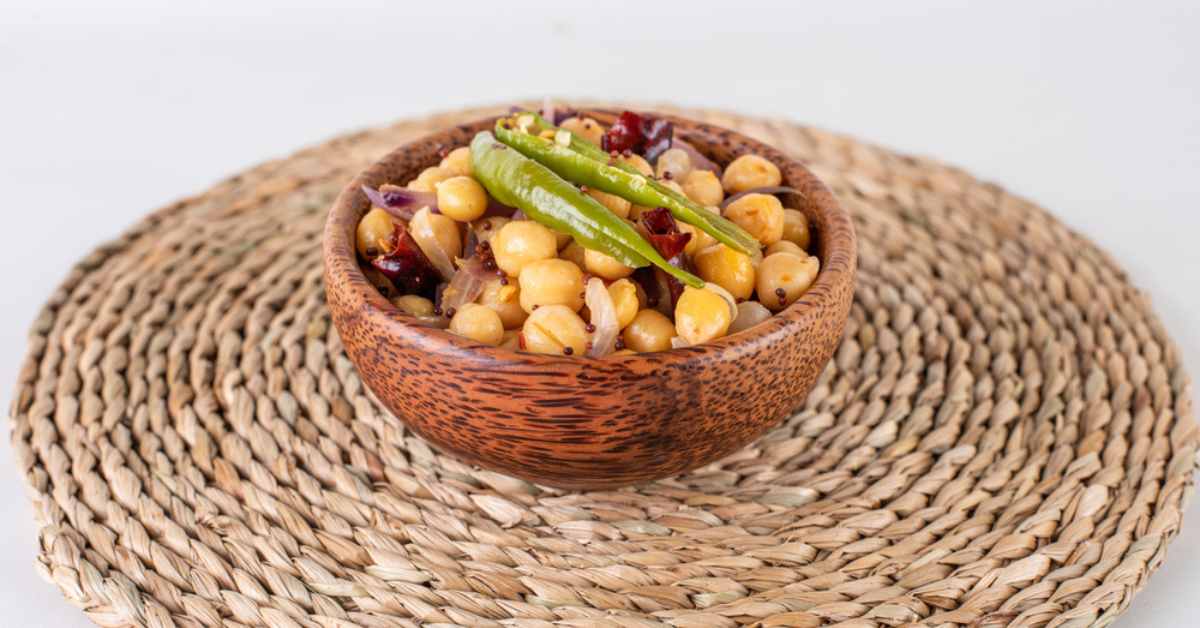
Ingredients
Chilli Chickpea features chickpeas as the star ingredient. These legumes are cooked to perfection and then tossed with a generous helping of shredded coconut and fiery red chillies. The dish is often seasoned with a blend of spices, including turmeric, cumin, and coriander, which further enhance its depth of flavour.
Flavor Profile
Chilli Chickpea offers a spicy and robust flavour profile. The heat from the chillies is balanced by the creaminess of the coconut, creating a harmonious blend of spice and richness. The chickpeas provide a satisfying texture, making it a filling and tasty choice.
Serving Style
This dish is typically served as a side or even a main course. It pairs perfectly with steamed rice, bread, or even as a filling for rotis. The combination of spices and coconut makes it an irresistible and aromatic addition to any Sri Lankan meal.
24. Boiled Maniyok
Boiled Maniyok, also known as cassava, is a starchy side dish that perfectly complements Sri Lankan curries. This root vegetable, when baked to perfection, becomes a delightful addition to any meal, offering both texture and flavour.
Ingredients
Boiled Maniyok primarily features cassava, a tuberous root known for its high starch content. The cassava is peeled, cut into manageable pieces, and then Boiled in the water until it becomes tender. It’s often seasoned with a drizzle of oil and a sprinkle of salt to enhance its natural taste.
Flavor Profile
Baked Maniyok has a mild and slightly nutty flavour. Its starchy texture is reminiscent of potatoes, making it a versatile side dish that complements the bold and aromatic flavours of Sri Lankan curries.
Serving Style
This dish is typically served as a side to accompany curries and other Sri Lankan mains. It’s a simple and wholesome addition to the meal, providing a source of carbohydrates and a satisfying texture that soaks up the flavours of the curries.
Side Dishes: Bursting with Flavors
25. Dhal Curry
Dhal Curry is a beloved Sri Lankan dish that’s hearty and rich in flavour. This flavorful lentil-based curry is a staple in Sri Lankan cuisine and is often served as a side dish to complement various main courses. Here’s a closer look at this culinary gem:
Ingredients
The core ingredient of Dhal Curry is split red lentils, also known as masoor dhal. These lentils are cooked to a creamy consistency and then simmered in a fragrant curry base. The curry base typically includes a blend of spices like turmeric, cumin, coriander, and mustard seeds. It’s also enriched with onions, garlic, ginger, tomatoes, and coconut milk.
Flavor Profile
Dhal Curry offers a delightful mix of flavours. The lentils provide a creamy and earthy base while combining spices and aromatic seasonings adds depth and warmth to the dish. It’s often mildly spiced, making it accessible to many palates.
Serving Style
Dhal Curry is typically served as a side dish alongside rice or bread. It’s a versatile accompaniment that pairs well with various Sri Lankan curries, meats, or vegetable dishes. It can also be enjoyed as a standalone soup, especially when it’s prepared with a thinner consistency.
26. Jackfruit Curry (polos)
Jackfruit Curry is a delightful and tropical dish that captures the essence of Sri Lankan cuisine. This savoury curry showcases the versatile and unique flavours of jackfruit, a tropical fruit often used as a meat substitute. Here’s a closer look at this culinary gem:
Ingredients
The main ingredient in Jackfruit Curry is ripe jackfruit. The fruit is chopped into bite-sized pieces and cooked in a rich and aromatic curry base. The curry typically includes a blend of turmeric, curry leaves, cinnamon, cloves, and pandan leaves. Coconut milk is often used to add creaminess to the curry. It can also include onions, garlic, ginger, and tomatoes for flavour.
Flavor Profile
Jackfruit Curry offers a complex and flavorful taste. The jackfruit itself is mildly sweet and naturally fragrant, and it absorbs the spices and seasonings during cooking. The combination of herbs, along with the coconut milk, creates a creamy and savoury profile with a hint of sweetness.
Serving Style
Jackfruit Curry is typically served as a main course, accompanied by steamed rice or bread. It can also be part of a larger Sri Lankan meal, complementing other curries, sambols, and accompaniments. The creamy texture and subtle sweetness make it a unique and satisfying dish.
27. Jaffna Crab Curry
Jaffna Crab Curry is a fiery and flavorful seafood dish from the northern region of Sri Lanka, known as Jaffna. This spicy crab curry celebrates the region’s rich culinary heritage and the sea’s bounties. Here’s a closer look at this mouthwatering delicacy:
Ingredients
The star ingredient in Jaffna Crab Curry, of course, is crab. Blue swimmer crab or mud crab is commonly used in this dish. The crabs are cleaned and broken into pieces, and they are cooked in a fragrant curry base. The curry base typically includes an array of spices like red chilli powder, black pepper, fennel seeds, and fenugreek seeds. Onions, garlic, ginger, tomatoes, and coconut milk are often added for depth of flavour.
Flavor Profile
Jaffna Crab Curry is known for its fiery heat and complex spice blend. The crab absorbs the intense flavours of the spices, making it bold and aromatic. The heat from the chillies is balanced by the creamy richness of the coconut milk, creating a harmonious taste explosion.
Serving Style
This dish is typically served as a main course, accompanied by steamed rice or bread, such as roti or naan. The crab pieces are generously coated with the flavorful curry, making it a satisfying and indulgent seafood meal.
28. Abul Thiyal (Sour Fish)
Abul Thiyal, also known as Sour Fish, is a unique and flavorful Sri Lankan dish that tantalizes the taste buds with its tangy and savoury profile. This dish is a testament to the vibrant flavours of Sri Lankan cuisine, showcasing the use of tamarind and local spices. Here’s a closer look at this mouthwatering delight:
Ingredients
The key ingredient in Abul Thiyal is fish, often a firm and meaty variety like tuna. The fish is cut into chunks or steaks and marinated with tamarind paste, black pepper, cinnamon, and aromatic spices. The dish is then slow-cooked until the fish is tender and infused with tangy and rich flavours.
Flavor Profile
Abul Thiyal offers a striking and memorable flavour profile. The tamarind imparts a delightful tanginess to the dish, complemented by the earthy notes of the spices and the heat from the black pepper. Combining these elements creates a harmonious balance of sweet, sour, and spicy.
Serving Style
This dish is typically served as a main course, accompanied by steamed rice or traditional Sri Lankan bread like roti. The tender and flavorful fish, combined with the rich, tangy sauce, make it a satisfying and hearty seafood meal.
29. Seeni Sambol ( Onion Sambol )
Seeni Sambol is a beloved Sri Lankan condiment that combines the delightful flavours of sweetness and spiciness. This aromatic and versatile sambol is often enjoyed as a side dish or accompaniment to various Sri Lankan dishes. Here’s a closer look at this mouthwatering treat:
Ingredients
The core ingredient in Seeni Sambol is onions, which are finely sliced and then caramelized to achieve a sweet and rich flavour. To these caramelized onions, a blend of spices is added, including dried red chillies, curry leaves, pandan leaves, and sometimes cinnamon or cloves. Tamarind paste hints tanginess, while some versions may incorporate a touch of sugar or jaggery for added sweetness.
Flavor Profile
Seeni Sambol offers a delightful balance of flavours. The caramelized onions create a sweet and savoury base, while the dried chillies, spices, and tamarind add a kick of heat and tanginess. It’s a fusion of contrasting tastes that work together harmoniously.
Serving Style
This condiment is typically served as a side dish or accompaniment. It pairs exceptionally well with rice and curry, string hoppers, bread, or even as a filling for sandwiches. The versatility of Seeni Sambol makes it a beloved and essential component of Sri Lankan cuisine.
30. Pol Sambol ( Coconut Sambol )
Pol Sambol is a quintessential Sri Lankan condiment that brings the heat and flavours of the tropics to your table. This spicy coconut relish is a versatile accompaniment that enhances the taste of a wide range of Sri Lankan dishes. Let’s explore the delightful world of Pol Sambol:
Ingredients
The core ingredient of Pol Sambol is fresh coconut, which is grated and used as the base. To this, red onions, dried red chillies, lime juice, salt, and sometimes Maldive fish (cured fish) are added. The combination of these ingredients creates a spicy, tangy, and savoury mixture that’s packed with flavour.
Flavor Profile
Pol Sambol offers an intense and robust flavour profile. The fresh coconut provides a creamy and slightly sweet backdrop, while the dried chillies add fiery heat. The lime juice contributes a tangy zing, creating a vibrant and harmonious relish.
Serving Style
This condiment is typically served as a side dish or accompaniment to many Sri Lankan meals. It pairs perfectly with rice and curry, string hoppers, roti, or even as a filling for sandwiches. The versatility of Pol Sambol makes it a beloved and essential component of Sri Lankan cuisine.
31. Beetroot Curry
Beetroot Curry is a colourful and delicious Sri Lankan dish that showcases the vibrant flavours of this earthy root vegetable. This vegetarian curry is known for its unique blend of spices and the natural sweetness of beetroots. Let’s delve into the world of this delightful dish:
Ingredients
The main ingredient in Beetroot Curry is, of course, beetroot. The beetroots are peeled, diced, and simmered in a flavorful curry base. The curry typically includes a mix of turmeric, cumin, fenugreek seeds, and mustard seeds. Ingredients like onions, garlic, green chillies, and coconut milk are often added to enhance the taste.
Flavor Profile
Beetroot Curry offers a rich and earthy flavour profile. The beetroots impart a natural sweetness that is complemented by the aromatic spices. Combining herbs and coconut milk creates a creamy and savoury profile with a hint of spice.
Serving Style
This dish is typically served as a side dish or a vegetable curry in Sri Lankan meals. It pairs perfectly with rice, bread, or string hoppers. The vibrant colour of the beetroots and the savoury, slightly sweet sauce make it a visually appealing and satisfying dish.
32. Green Beans Curry
Green Beans Curry is a delicious and nutritious Sri Lankan vegetarian dish that celebrates the simple yet delightful taste of green beans. This flavorful curry combines the freshness of green beans with aromatic spices, creating a satisfying and aromatic culinary experience. Let’s explore this savoury gem:
Ingredients
The star ingredient in Green bean curry is, of course, green beans. These beans are typically cut into bite-sized pieces and cooked to perfection. The curry base is a blend of spices that may include turmeric, cumin, mustard seeds, fenugreek seeds, and curry leaves. Onions, garlic, and coconut milk are often added to create a rich and creamy sauce.
Flavor Profile
Green Beans Curry offers a harmonious blend of flavours. The green beans bring a fresh and slightly crunchy texture, while the spices and coconut milk infuse the dish with a creamy and savoury profile. It’s often mildly spiced, making it accessible to many palates.
Serving Style
This dish is typically served as a side dish to accompany rice or bread, such as roti or naan. The green beans are cooked to perfection, retaining their natural colour and crunch, which makes them a refreshing and satisfying addition to the meal.
33. Potato Tempered
Potato Tempered, known locally as “Ala Theldala” in Sri Lanka, is a humble yet flavorful side dish that features the comforting taste of potatoes. This Sri Lankan classic combines the mild sweetness of potatoes with a blend of aromatic spices, creating a delicious and satisfying accompaniment to various meals. Let’s dive into this simple yet delightful dish:
Ingredients
The star ingredient in Potato Tempered is, of course, potatoes. These are typically peeled, diced, and cooked until tender. The dish is seasoned with various spices, including mustard seeds, fenugreek seeds, curry leaves, and dried red chillies. Onions, garlic, and turmeric are often added to enhance the flavour.
Flavor Profile
Potato Tempered offers a balanced and aromatic flavour profile. The potatoes provide a mild sweetness and a satisfying, starchy texture, while the spices add depth and warmth. It’s often mildly spiced, making it a versatile and accessible side dish.
Serving Style
This dish is typically served as a side dish to complement rice or bread, such as roti or naan. The soft and flavorful potatoes, combined with the fragrant spices, make it a comforting and satisfying addition to the meal.
34. Gotukola Sambola (Pennywort Salad)
Gotukola Sambola, also known as Pennywort Salad, is a delightful and nutritious Sri Lankan salad that showcases the vibrant flavours of fresh pennywort leaves. This refreshing salad is not only packed with nutrients but also offers a burst of taste and texture. Let’s explore this healthy and delightful dish:
Ingredients
The primary ingredient in Gotukola Sambola is fresh pennywort leaves, which are finely chopped. To these leaves, a combination of elements such as freshly grated coconut, red onions, green chillies, lime juice, and a touch of salt is added. The result is a colourful and crunchy mixture that’s rich in flavour.
Flavor Profile
Gotukola Sambola provides a harmonious blend of tastes and textures. The fresh pennywort leaves offer a mild, grassy flavour, while the grated coconut adds creaminess and a hint of sweetness. The green chillies provide a gentle heat, and the lime juice adds a zingy and tangy note.
Serving Style
This salad is typically served as a side dish or accompaniment to complement rice and curry or other Sri Lankan dishes. The combination of crunchy pennywort leaves, coconut, and spices creates a refreshing and vibrant salad that’s as visually appealing as delicious.
35. Batu Moju (Eggplant Pickle)
Batu Moju, also known as Eggplant Pickle, is a zesty and flavorful condiment that adds a punch of spice and tanginess to Sri Lankan cuisine. This pickled delight combines the robust taste of eggplants with a blend of aromatic herbs, creating a unique and memorable accompaniment. Let’s explore the world of this savoury pickle:
Ingredients
The key ingredient in Batu Moju is eggplant, typically cut into small pieces and marinated. To these eggplant pieces, a mixture of spices, including red chilli powder, turmeric, mustard seeds, fenugreek seeds, and curry leaves, is added. Onions, garlic, vinegar or tamarind are often used to enhance the flavour and tanginess.
Flavor Profile
Batu Moju offers a bold and spicy flavour profile. The eggplant pieces absorb the rich and aromatic spices, creating a zesty and slightly tangy experience—combining kicks and the preservation method results in a savoury and vibrant pickle.
Serving Style
This condiment is typically served as a side dish or accompaniment to complement rice, bread, or curry. The spicy and tangy notes of Batu Moju add an exciting and robust dimension to the meal.
36. Kiri Kos (Mature Jackfruit Curry)
Kiri Kos, also known as Mature Jackfruit Curry, is a distinctive Sri Lankan dish that celebrates the rich, meaty texture and mild taste of mature jackfruit. This hearty and nutritious curry is a testament to the versatility of Sri Lankan cuisine and its ability to turn jackfruit into a delectable culinary creation. Let’s explore the world of Kiri Kos:
Ingredients
The star ingredient in Kiri Kos is mature jackfruit, which is cut into chunks and slow-cooked to achieve a tender texture. The curry is flavoured with turmeric, cumin, coriander, and mustard seeds. Coconut milk, onions, garlic, and pandan leaves are often added to enhance the flavour.
Flavor Profile
Kiri Kos offers a rich and savoury flavour profile. The mature jackfruit provides a meaty and substantial texture, similar to pulled pork, and a mild, slightly sweet taste. The spices and coconut milk create a creamy and aromatic sauce, making it a satisfying and hearty dish.
Serving Style
This dish is typically served as a main course, accompanied by rice, bread, or string hoppers. The meaty texture and rich curry make Kiri Kos a filling and nutritious addition to a Sri Lankan meal.
37. Baby Jackfruit Tempered
Baby Jackfruit Tempered, known as “Polos Malluma” in Sri Lanka, is a flavorful and aromatic dish that showcases the unique taste and texture of young jackfruit. This Sri Lankan specialty is a testament to the versatility of local ingredients and the art of tempering. Let’s explore the world of Baby Jackfruit Tempered:
Ingredients
The key ingredient in Baby Jackfruit Tempered is young, unripe jackfruit, which is cut into chunks or strips. The dish is seasoned with a blend of spices that may include black pepper, red chilli powder, turmeric, and cinnamon. Onions, garlic, curry leaves, and tamarind paste are often added to enhance the flavour.
Flavor Profile
Baby Jackfruit Tempered offers a robust and complex flavour profile. The young jackfruit has a mildly starchy and slightly fibrous texture, which, when combined with the spices, creates a satisfying and savoury dish. The tamarind paste adds a tangy note that balances the richness of the herbs.
Serving Style
This dish is typically served as a main course, accompanied by rice or Sri Lankan bread like roti. The hearty and flavorful jackfruit, combined with the aromatic spices, makes it a filling and satisfying addition to a Sri Lankan meal.
38. Kaju Maluwa (Cashew Curry)
Kaju Maluwa, also known as Cashew Curry, is a creamy and flavorful Sri Lankan dish that celebrates the rich taste and texture of cashew nuts. This curry is a harmonious blend of spices, coconut milk, and tender cashews, creating a mouthwatering and satisfying culinary experience. Let’s explore the world of Kaju Maluwa:
Ingredients
The primary ingredient in Kaju Maluwa is, of course, cashew nuts. These cashews are slow-cooked in a curry base that includes a blend of turmeric, cumin, coriander, and curry leaves. Onions, garlic, and coconut milk are often added to enhance the flavour and creaminess.
Flavor Profile
Kaju Maluwa offers a rich and nutty flavour profile. The cashew nuts provide a creamy and slightly sweet backdrop, while the spices and coconut milk create a savoury and aromatic sauce. It’s often mildly spiced, making it a versatile and accessible dish.
Serving Style
This dish is typically served as a main course, accompanied by rice, bread, or string hoppers. The tender cashews and the creamy, flavorful curry make Kaju Maluwa a filling and satisfying addition to a Sri Lankan meal.
39. Deviled Chicken
Deviled Chicken is a fiery and flavorful dish that showcases the bold and spicy side of Sri Lankan cuisine. This popular and zesty preparation features tender pieces of chicken cooked in a compelling blend of spices and fiery condiments, resulting in a mouthwatering and robust culinary experience. Let’s explore the world of Deviled Chicken:
Ingredients
Deviled Chicken is primarily made with bite-sized pieces of chicken. The chicken is sautéed and stir-fried with a spicy mixture that typically includes red chilli flakes, soy sauce, vinegar, ketchup, garlic, ginger, and a medley of aromatic spices. Combining these ingredients creates a spicy, tangy, and savoury profile bursting with flavour.
Flavor Profile
Deviled Chicken offers a bold and fiery flavour profile. The chicken, tender and succulent, absorbs the intense heat of the red chilli flakes and the zing of the vinegar and soy sauce. The result is a spicy, savoury, and slightly sweet dish known for its unmistakable kick.
Serving Style
This dish is typically served as a main course and is often accompanied by rice or bread, such as roti or naan. The fiery and bold nature of Deviled Chicken makes it a thrilling and satisfying addition to a Sri Lankan meal.
40. Goat Meat Curry
Goat Meat Curry, often called “Mutton Curry” in Sri Lankan cuisine, is a hearty and aromatic dish that celebrates the rich and savoury taste of goat meat. This beloved curry features tender pieces of goat meat simmered in a fragrant blend of spices and coconut milk, creating a mouthwatering and satisfying culinary experience. Let’s explore the world of Goat Meat Curry:
Ingredients
The primary ingredient in Goat Meat Curry is, of course, goat meat, typically cut into bite-sized pieces. The heart is marinated and slow-cooked in a flavorful curry base that includes a mix of turmeric, cumin, coriander, and cinnamon. Ingredients like onions, garlic, ginger, and coconut milk are added to enhance the depth of flavour.
Flavor Profile
Goat Meat Curry offers a rich and savoury flavour profile. The tender goat meat, simmered in a fragrant blend of spices and coconut milk, creates a hearty and aromatic dish. It’s often mildly spiced, making it accessible to many palates.
Serving Style
This dish is typically served as a main course and is often accompanied by rice or Sri Lankan bread like roti or string hoppers. The tender goat meat, combined with aromatic spices and creamy coconut milk, makes Goat Meat Curry a filling and satisfying addition to a Sri Lankan meal.
41. Pork Bistek Sri Lankan Style
Pork Bistek Sri Lankan Style is a delightful fusion dish that combines the bold and zesty flavours of bistek with the rich and savoury elements of Sri Lankan cuisine. This unique and mouthwatering creation features tender pieces of pork marinated in a tangy soy sauce mixture and stir-fried with a medley of aromatic spices, resulting in a culinary experience that’s both exciting and satisfying. Let’s explore the world of Pork Bistek Sri Lankan Style:
Ingredients
Pork Bistek Sri Lankan Style starts with succulent pieces of pork, often sliced into thin strips. The pork is marinated in soy sauce, vinegar, and citrus juice, creating a zesty and tangy base. Combining Sri Lankan spices such as turmeric, cumin, and curry leaves enhances the flavour profile.
Flavor Profile
This fusion dish offers a bold and tangy flavour profile. The tender pork, marinated in the tangy soy sauce mixture, absorbs the zesty and aromatic spices, resulting in a dish that’s both savoury and slightly tangy. It’s a delicious union of bistek’s boldness and Sri Lankan cuisine’s rich flavours.
Serving Style
Pork Bistek Sri Lankan Style is typically a main course and pairs wonderfully with steamed rice or Sri Lankan bread like roti. The tender pork, combined with the bold and zesty flavours, creates a thrilling and satisfying addition to a meal.
42. Black Pork Curry
When it comes to experiencing the rich and diverse flavours of Sri Lankan cuisine, one dish that stands out for its unique taste and cultural significance is Black Pork Curry. This delectable creation, known locally as “Kalu Pol Pork Curry,” is a testament to the art of combining rich, dark spices and tender pork, resulting in a dish that’s both hearty and full of character. Let’s delve into the world of Black Pork Curry:
Ingredients
At the heart of Black Pork Curry is succulent pieces of pork, typically cut into bite-sized portions. The dish comes to life with a blend of spices that includes black pepper, cloves, cardamom, and fennel seeds. Dark and savoury components such as black soy sauce, tamarind paste, and aromatic curry leaves contribute to the complex and rich flavour.
Flavor Profile
Black Pork Curry boasts a rich and bold flavour profile. The slow-cooked pork, marinated in deep, dark spices, results in a dish that’s intensely savoury, slightly tangy, and exceptionally flavorful. It’s a culinary experience that’s both comforting and unforgettable.
Serving Style
This dish is traditionally served as a main course and pairs wonderfully with rice, bread, or Sri Lankan staples like string hoppers. The tenderness of the pork, combined with the rich, aromatic spices and dark soy sauce, creates a satisfying and heartwarming addition to a Sri Lankan meal.
Desserts: A Sweet Finale
43. Watalappam
Watalappam, often called the “Sri Lankan Flan,” is a delightful and decadent dessert that’s a cherished part of Sri Lankan culinary traditions. This sweet sensation is known for its silky texture and aromatic blend of spices, making it a delightful conclusion to any Sri Lankan meal. Let’s delve into the world of Watalappam:
Ingredients
The heart of Watalappam is coconut milk and jaggery (unrefined sugar). These core ingredients create the sweet and creamy base of the dessert. Aromatic spices such as cardamom, cloves, and nutmeg are added to enhance the flavour. Cashew nuts or almonds may be included for added texture.
Flavor Profile
Watalappam offers a rich and sweet flavour profile. The combination of coconut milk, jaggery, and spices creates a dessert that’s silky-smooth and delightfully sweet, with hints of warm and aromatic herbs. It’s a perfect balance of creamy and fragrant.
Serving Style
This dessert is typically a sweet conclusion to a Sri Lankan meal. It can be enjoyed at room temperature or slightly chilled. Watalappam is often in small, individual servings and garnished with toasted cashew nuts or almonds.
44. Lavariya
Lavariya is a traditional Sri Lankan sweet treat with a delightful surprise inside. This sweet delicacy is known for its intricate appearance and mouthwatering filling of caramelized sugar and coconut flakes. Let’s explore the world of Lavariya with its unique filling:
Ingredients
Lavariya starts with a rice flour dough mixed with coconut milk and sugar. However, what makes Lavariya unique is the filling. The filling is made by caramelizing sugar and combining it with grated coconut flakes, creating a sweet and slightly crunchy interior.
Flavor Profile
Lavariya offers a sweet and coconut flavour. The outer layer of the dessert, made from rice flour, coconut milk, and sugar, is chewy and sweet. The real surprise is in the centre, where the caramelized sugar and coconut flakes create a delightful contrast with a sweet and slightly crunchy texture.
Serving Style
Lavariya is often served on special occasions and cultural celebrations. The dessert is typically presented in individual servings, and the intricate outer layer and the surprise filling make it a delightful addition to festive gatherings.
45. Buffalo Curds with Palm Treacle
Buffalo Curds with Palm Treacle, often called “Kiri Pani,” is a classic Sri Lankan dessert that combines the luscious creaminess of buffalo curd with the rich sweetness of palm treacle. This harmonious pairing creates a dessert that’s not only indulgent but also deeply rooted in Sri Lankan culinary traditions. Let’s delve into the world of Buffalo Curds with Palm Treacle:
Ingredients
Buffalo Curds with Palm Treacle starts with the creamy richness of buffalo curd, similar to yogurt but made from buffalo milk. The dessert is sweetened with palm treacle, a natural sweetener made from the sap of palm trees. Combining these two simple yet exquisite ingredients forms the basis of this sweet delight.
Flavor Profile
This dessert offers a unique flavour profile. The buffalo curd is tangy and creamy, while the palm treacle contributes a deep and rich sweetness. Together, they create a harmonious blend of sweet and tangy, making each spoonful a delightful experience.
Serving Style
Buffalo Curds with Palm Treacle is typically served as a dessert. It’s presented in individual servings, where buffalo curd is generously drizzled with palm treacle. The contrasting textures and flavours make it a satisfying conclusion to a Sri Lankan meal.
46. Halapa
Halapa, a sweet and sticky delicacy, is a beloved treat in Sri Lankan culture. This traditional dessert showcases the artistry of combining simple ingredients to create a unique and delightful culinary experience. Let’s explore the world of Halapa:
Ingredients
Halapa is made primarily from two key ingredients: red rice flour and coconut. The red rice flour, known for its earthy flavour and health benefits, gives Halapa its distinct colour and texture. Freshly grated coconut is added to enhance the flavour and create a satisfying, chewy consistency. The mixture is sweetened with jaggery, a natural and unrefined sugar, which infuses the dessert with its rich sweetness.
Flavor Profile
Halapa offers a unique flavour profile. The red rice flour brings an earthy and slightly nutty flavour, while the fresh coconut adds a delightful tropical sweetness. The jaggery contributes a rich and caramel-like sweetness, resulting in a sweet treat that’s both satisfying and complex in taste.
Serving Style
Halapa is typically served as a sweet snack or dessert. It is often moulded into small, flat shapes, allowing easy handling. The dessert’s chewy and sweet texture makes it a delightful treat for all ages.
47. Sweet Coconut Pan Rolls
Sweet Coconut Pan Rolls, also known as “Pancake”, is a cherished Sri Lankan dessert that combines the sweetness of jaggery with the tropical flavour of coconut. These delightful treats are renowned for their unique shapes and mouthwatering taste. Let’s delve into the world of Sweet Coconut Pan Rolls:
Ingredients
Sweet Coconut Pan Rolls are made from a delectable mixture of rice flour, jaggery (unrefined sugar), and freshly grated coconut. The rice flour forms the base, the jaggery infuses sweetness, and the coconut adds a tropical twist. Combining these ingredients creates a sticky batter, moulded into an intricate pattern.
Flavor Profile
These rolls offer a distinctive flavour profile. The freshly grated coconut brings a tropical and nutty sweetness, while the jaggery contributes a rich and caramel-like sweetness. The result is a delightful treat that’s both chewy and crispy, making every bite a unique and satisfying experience.
Serving Style
Sweet Coconut Pan Rolls are typically served as a sweet snack or dessert. The dough is moulded into artistic shapes before being deep-fried, creating a combination of crispy and chewy textures. These rolls are often enjoyed during special occasions and cultural celebrations.
48. Aasmi
Aasmi, a beloved Sri Lankan deep-fried sweet snack, holds a special place in the hearts of many. This traditional treat is often associated with significant celebrations, including Aluth Avurudda/Puthandu (the Sinhalese/Tamil New Year), weddings, and birthdays. Let’s dive into the world of Aasmi:
Ingredients
Aasmi is crafted from a harmonious blend of rice flour and coconut milk, creating a rich and creamy base. What makes it unique is the use of juice extracted from davul kurundu leaves (cinnamon leaves), which imparts a subtle and earthy flavour. In some variations, okra juice is used as a substitute for kurundu. The mixture is deep-fried in fragrant coconut oil to achieve its delightful crunch. After the initial frying, it is rested for a few days to enhance its flavour before being deep-fried again. Finally, it is generously drizzled with sugar syrup mixed with food colouring, creating a visually appealing finish.
Flavor Profile
Aasmi offers a complex flavour profile. The rice flour and coconut milk provide a creamy and slightly sweet base. Using kurundu or okra juice adds a unique earthy note to the snack. The double-frying process enhances its crunchiness, making it both delightful to the palate and satisfying to the senses.
Serving Style
Aasmi is typically served as a sweet snack or dessert, especially during significant cultural celebrations. Its delicate, lacy appearance and sweet, crunchy texture make it an attractive and delicious addition to festive occasions.
49. Dodol
Dodol is a delightful confection that resembles toffee and is widely enjoyed across Southeast Asia and the Indian subcontinent. While it has its roots in Indonesian culinary traditions, it has found its way into the hearts and palates of people in Malaysia, Singapore, Brunei, the Philippines, Tamil Nadu, Sri Lanka, Thailand, and Burma, where it is known as “mont Kalama.” Let’s explore the world of Dodol:
Ingredients
Dodol is made from a simple yet mouthwatering combination of coconut milk, jaggery (unrefined sugar), and rice flour. The use of these ingredients results in a sweet, sticky, and thick confection. The traditional preparation method involves slow cooking the mixture until it achieves its distinctive consistency.
Flavor Profile
Dodol offers a sweet and indulgent flavour profile. The coconut milk brings a tropical and creamy sweetness, while the jaggery infuses the confection with a rich and caramel-like sweetness. The combination of flavours creates a treat that’s both satisfying and rich.
Serving Style
Dodol is typically served as a sweet snack or dessert. It is often cut into small, bite-sized pieces and presented attractively. Its sticky and chewy texture makes it a delightful treat for all ages.
50. Weli Thalapa
Weli Thalapa is a beloved Sri Lankan sweet treat often enjoyed during tea or as a delightful snack. This household favourite is prepared through a meticulous two-step process, resulting in a treat that’s both sweet and satisfying. Let’s delve into the world of Weli Thalapa:
Ingredients
Weli Thalapa is made from rice flour, freshly scraped coconut, and Kitul or coconut treacle. These ingredients come together to create a sweet and flavorful base. Adding spices enhances its taste, creating a unique blend of flavours.
Flavor Profile
Weli Thalapa offers a sweet and slightly spicy flavour profile. The rice flour and freshly scraped coconut contribute a sweet and nutty base. Using Kitul or coconut treacle infuses the treat with a rich and caramel-like sweetness. Including spices adds a subtle but delightful hint of spice, making it a complex and satisfying snack.
Serving Style
Weli Thalapa is typically served as a tea-time treat. It is prepared in small, bite-sized pieces, making it easy to enjoy as a snack with a hot cup of tea. The chewy and sweet texture of the treat is perfect for those moments when you crave something sweet and satisfying.
Sri Lanka’s culinary heritage is a treasure trove of flavors waiting to be discovered. From light meals to hearty mains and delectable desserts, these 50 dishes showcase the diversity and richness of Sri Lankan cuisine. Whether you’re a food enthusiast or an adventurous traveler, make sure to savor these culinary delights on your next visit to this beautiful island.
Now, go ahead and satisfy your cravings with the vibrant and delicious dishes that Sri Lanka has to offer!

